
</ img>
Samsung Galaxy S20 FE, also known as Fan Edition, is a very pleasant smartphone for everyday use and, perhaps, one of the most
Samsung Galaxy S20 FE
Android smartphone with 6.5-inch 120Hz SuperAMOLED FullHD + display, flagship Exynos 990 processor, 6GB of RAM and 128GB of internal memory expandable with microSD cards. Equipped with a triple rear camera, 4500 mAh battery and runs on Android 10 OS with One UI 2.5.
Rozetka
MOYO
Hello
Citrus
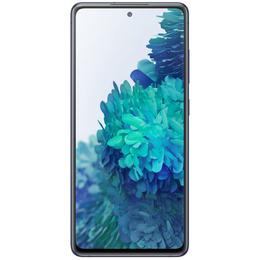
We recommend

5 reasons to buy Samsung Galaxy S20 FE:
- Cool AMOLED screen with 120Hz refresh rate
- dust and moisture protection of the case;
- solid main camera;
- stereo speakers with high quality sound;
- functional and quick shell One UI.
2 reasons not to buy the Samsung Galaxy S20 FE:
- strong heating during use;
- there are strong competitors for this price.
Fast passage:
- What does the Samsung Galaxy S20 FE look like?
- How good is the screen?
- What are the unlock methods?
- What about performance, memory, sound and autonomy?
- How convenient is the interface?
- What does the S Pen do?
- How good are the cameras?
- In the dry residue
What does the Samsung Galaxy S20 FE look like?
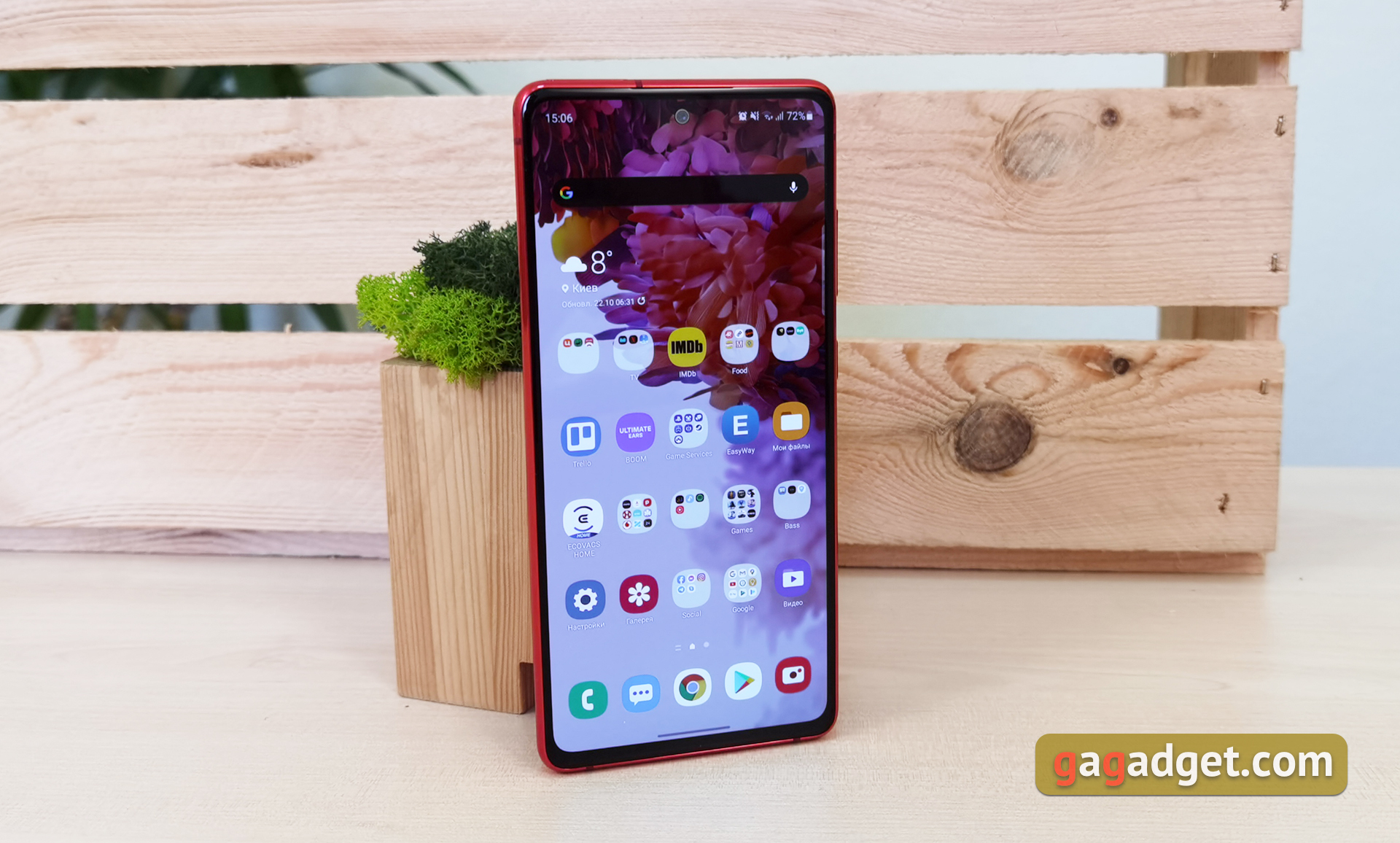
</ img>
In general terms, we have already shared our impressions ofappearance of the Samsung Galaxy S20 FE. From the front, the smartphone looks familiar: a large screen and a “hole” under the front camera in the middle. Samsung says it's slightly smaller than previous models. I won’t say anything: I have nothing to compare it with, but the hole is really very small and (subjectively) not annoying at all. At first glance, it seems that this is one of the more expensive representatives of the current flagship line. But the wider bezel around the screen and the “chin” It shows that this is a more affordable smartphone. The screen of the Samsung Galaxy S20 FE is flat, only the protective glass is slightly rounded. The earpiece is located above the screen and acts as a second speaker for stereo sound.

</ img>
The frame of the smartphone is metal and has allstreamlined shape (unlike the Note line). The back cover traditionally has bends on the sides, respectively, the side edges are thin. In terms of layout, everything is standard: on the right are the power button and paired volume control buttons.
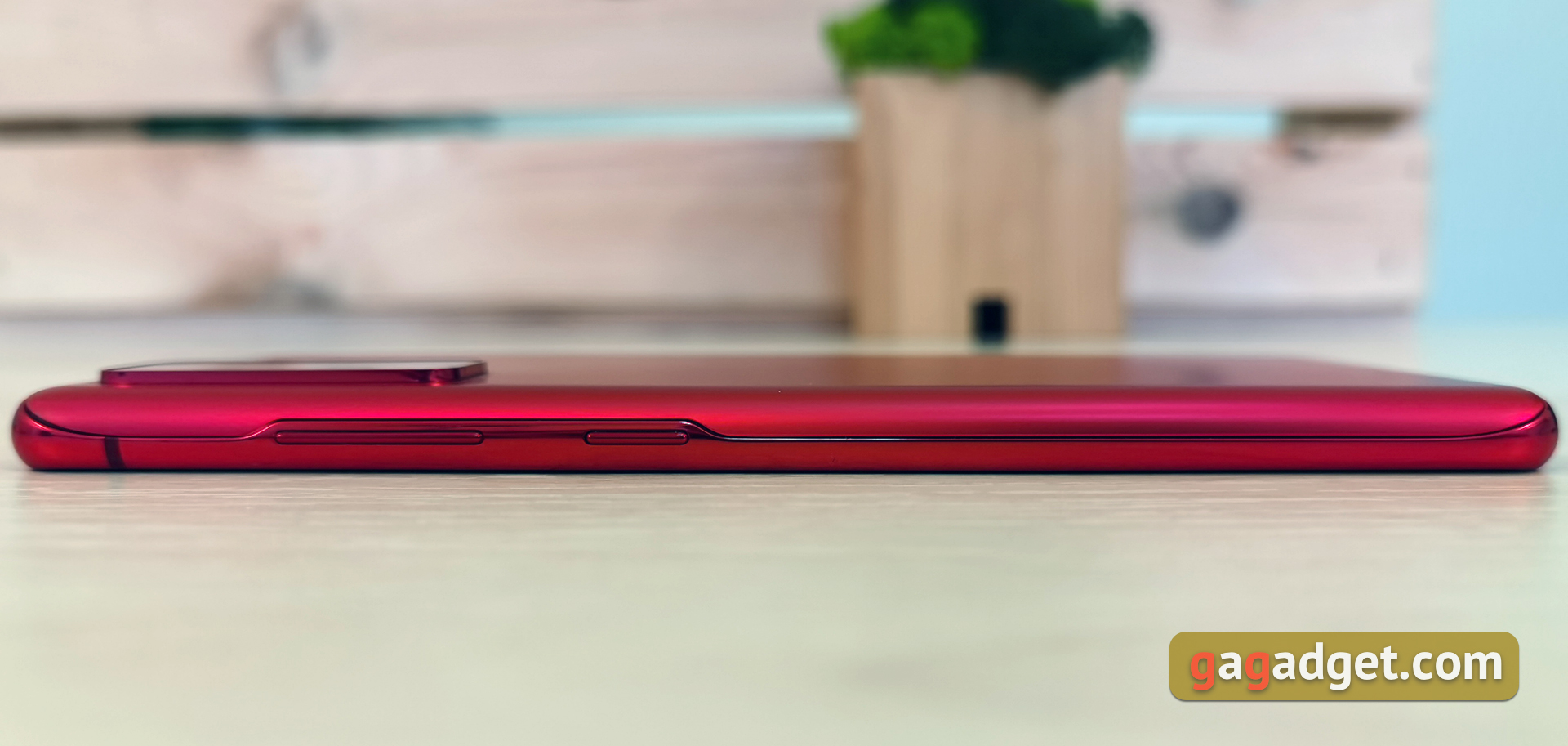
</ img>
Additional microphone and tray at the top.

</ img>
The tray in the smartphone is double-sided. Instead of a second SIM card, you can install a memory card. Unfortunately, this model does not support eSIM, so you have to sacrifice something if you constantly use two SIMs.
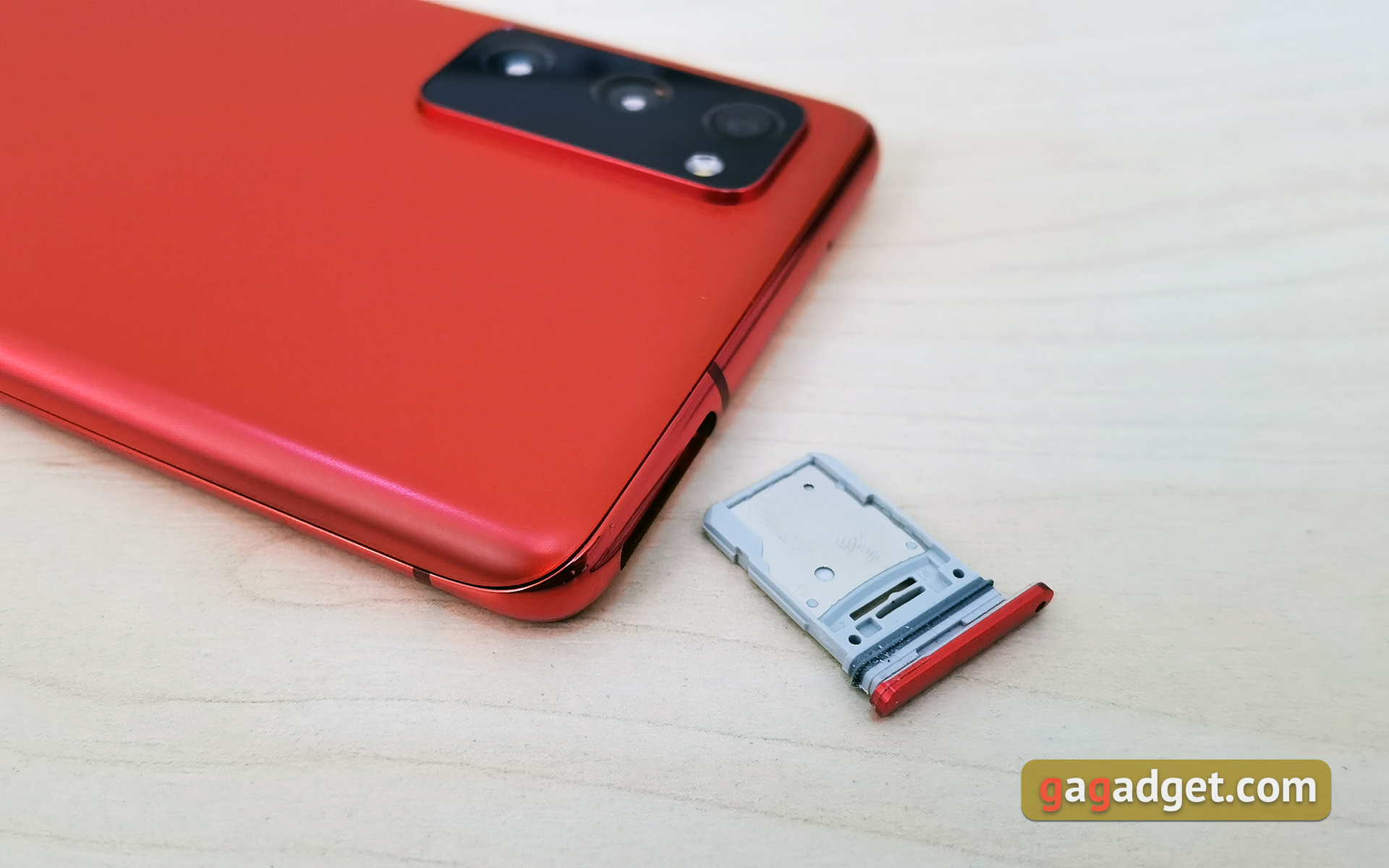
</ img>
The left side of the smartphone is devoid of any elements.

</ img>
At the bottom there is a conversational microphone, an external speaker and a USB Type-C connector, everything is as we are used to. And no, in “younger” The flagship did not return the 3.5 mm jack.

</ img>
The back panel of the smartphone is made of plastic, likeand the Galaxy Note20, which we recently reviewed. There I described in general terms my impressions of such a decision. Yes, glass (especially matte) feels nicer and more expensive. But plastic has its merits. At the very least, it will be much more difficult to break it. The Samsung Galaxy S20 FE (like the aforementioned Note20) uses thick, high-quality matte plastic. It doesn't flex at all, doesn't scratch or get covered with fingerprints. After a couple of weeks of use without a case, there are no traces left on the back cover. I like the red version that has been on the review the most, but there are also more restrained colors.

</ img>

</ img>


The rear camera unit is made in the spirit of other current Samsung smartphones. Rectangle with rounded corners and general protective glass. Under which there are three camera lenses and a flash.

</ img>
Samsung Galaxy S20 FE is dust and water resistantaccording to the IP68 standard and is not afraid of immersion in water of 1.5 meters for up to 30 minutes. According to personal feelings, the smartphone turned out to be more convenient than the Note20 we recently visited. Fan Edition is slightly smaller in size, a little thicker and has a more streamlined shape. As a result, it feels a little more comfortable in the hand.
</ p>How good is the screen?

</ img>
The Samsung Galaxy S20 FE gets a flat 6.5-inch Super AMOLED Infinity-O display with a resolution of 2400x1080, aspect ratio 20:9. Pixel density is about 405 ppi. The screen supports HDR10+, the maximum refresh rate is 120 Hz, and the sensor polling rate is 240 Hz. Personally, I liked the screen more than the Galaxy Note20, and it’s not just the higher refresh rate. The picture itself seemed more saturated. Although this is purely by eye. The screen is of very good quality, has sufficient brightness and maximum viewing angles. At certain angles, a greenish tint appears on the white, which is typical of modern AMOLED displays. Although the effect is not pronounced and is not annoying. Some smartphone owners have complained online about the operation of the sensor, false positives, picture twitching and unstable screen speed in 120 Hz mode. It's difficult to say what this is connected with. In our sample, such problems were not observed even once over two weeks. Although there were also two system updates in these two weeks.

</ img>
The settings have the usual set:brightness, dark interface theme, blue filter (with adjustable filtering degree and the ability to run on a schedule), element scale, font, its size, choice between 60 and 120 Hz. Always on Display, of course, is there.
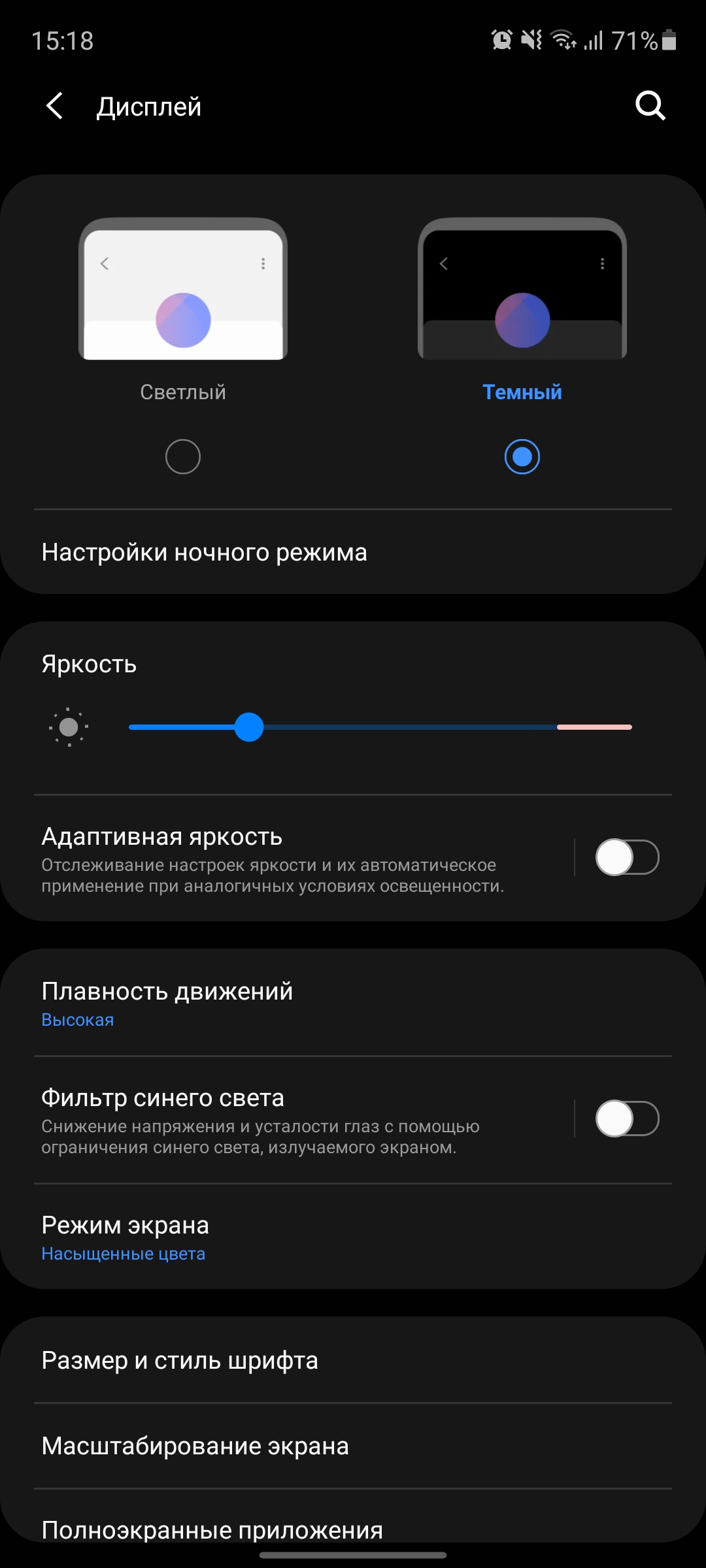
</ img>
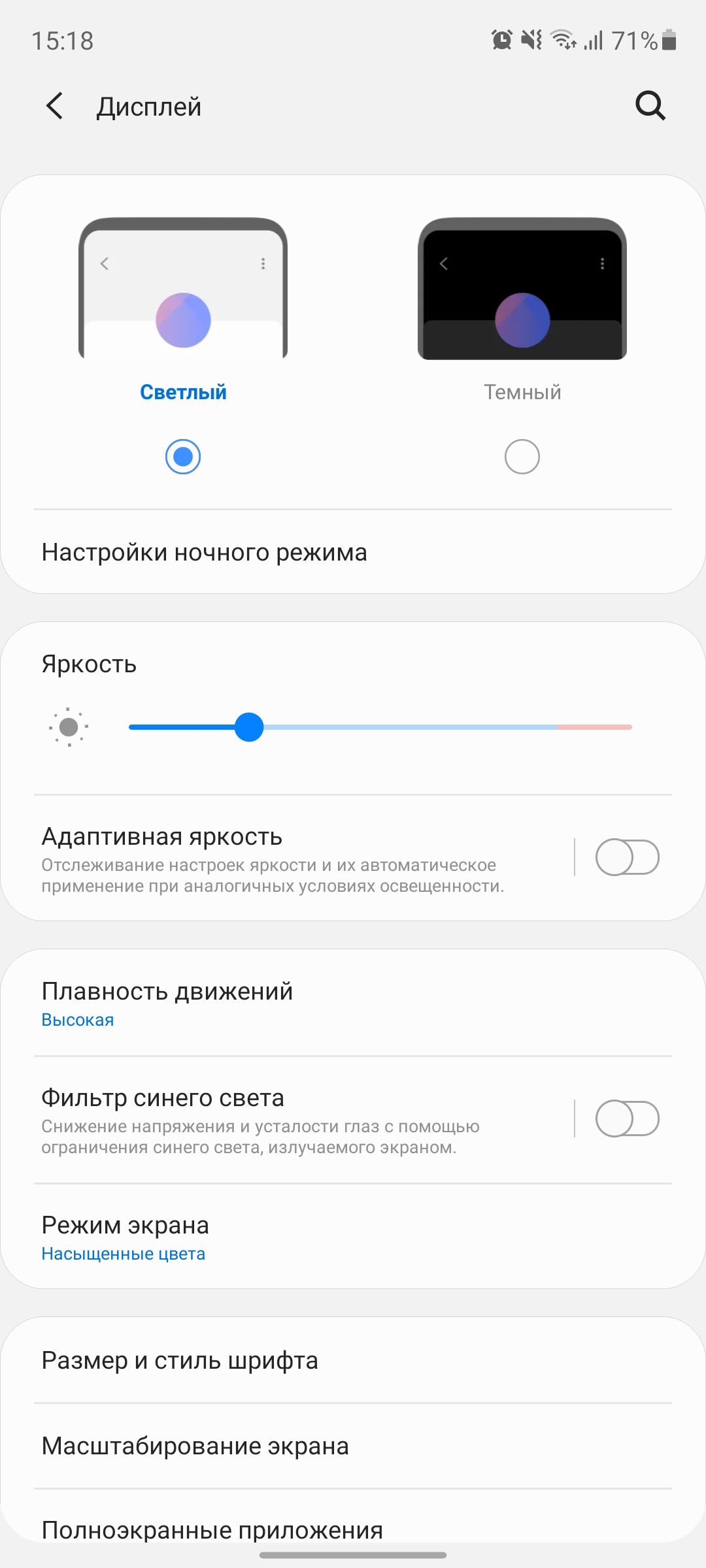
</ img>

</ img>

</ img>

</ img>

</ img>

</ img>











There are two display modes:“Rich” with an expanded color gamut and the ability to manually adjust white balance, as well as separate adjustments for blue, red and green. And “Natural” with a color gamut close to sRGB.

</ img>

</ img>


In “Saturated” manual modeBy adjusting the maximum brightness was 403.523 cd/m2. At the same time, the color gamut is much wider than sRGB and close to DCI-P3, the picture goes very slightly into cool shades.

</ img>

</ img>

</ img>
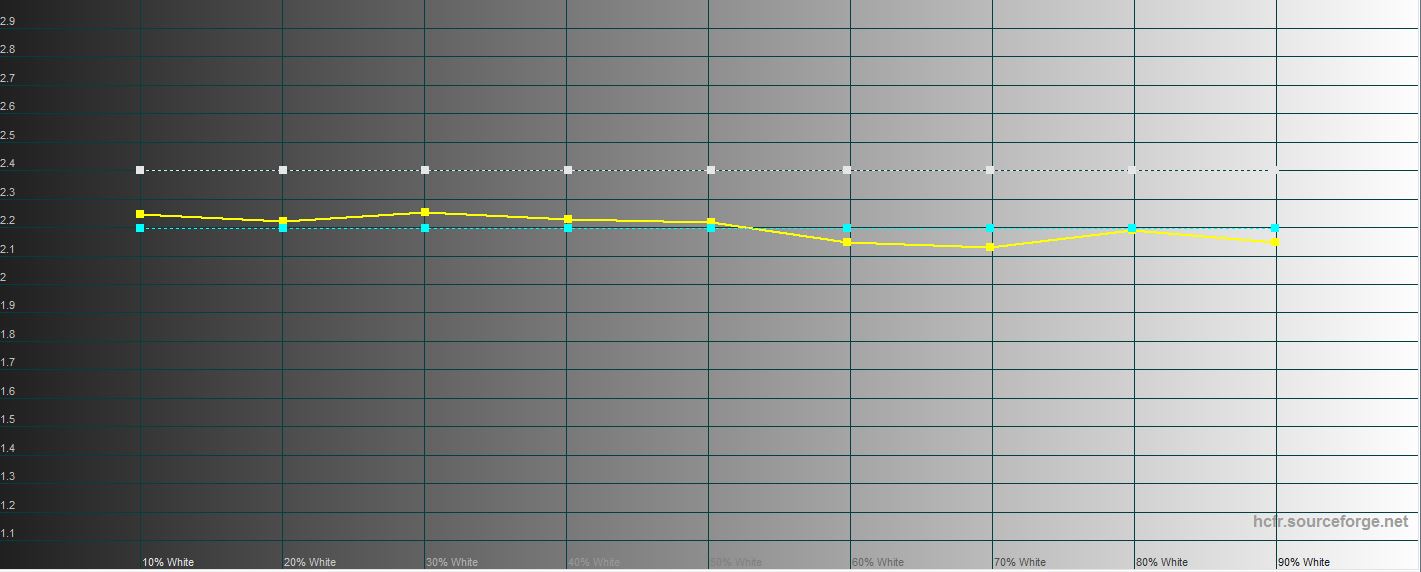
</ img>

</ img>





In “natural” color modeCoverage is close to sRGB. And the color rendition is closer to the standard values, although there is still a minimal bias towards cold shades. The average color error ΔE is 4.35, and the brightness is quite a bit lower, 397.168 cd/m2:

</ img>
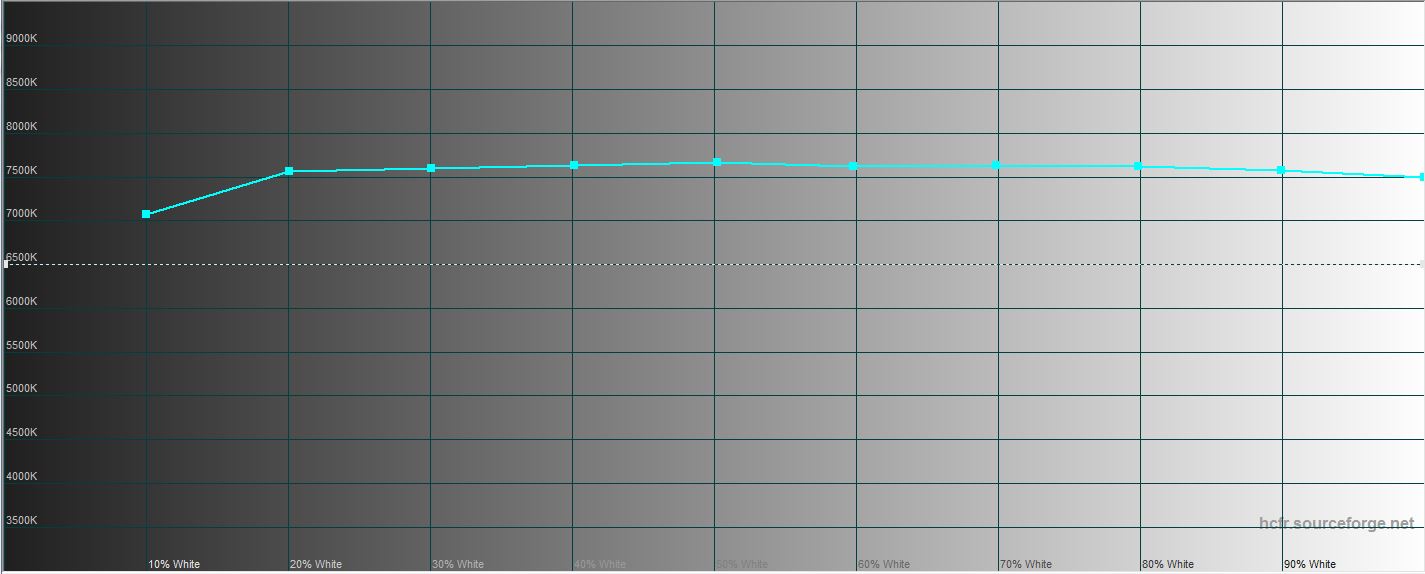
</ img>

</ img>

</ img>

</ img>





Comparison with other models:
Device name
White field brightness,
cd / m2
The brightness of the black field,
cd / m2
Contrast
Samsung Galaxy S20 FE
403.523
0
∞
Samsung Galaxy Note20
389.503
0
∞
Samsung Galaxy S20 Ultra
408.388
0
∞
Samsung Galaxy Note10+
387.745
0
∞
Sony Xperia 1
394.97
0
∞
Huawei P30 Pro
447.247
0
∞
Samsung Galaxy S10
378.72
0
∞
Samsung Galaxy Note9
340.32
0
∞
What are the unlock methods?
Unlocking tools in Samsung Galaxy S20 FEare represented by almost the same set as in the more expensive flagships of the company with the only difference. Instead of a formally more advanced ultrasonic fingerprint scanner, an optical one is installed. In practice, the difference in response speed and accuracy is not noticeable.

</ img>
Face recognition works similarly to othersmodels: with a single front camera. In the dark, the display brightness rises to illuminate. And in the settings, you can prevent your smartphone from recognizing a face with your eyes closed. It works quite fast.
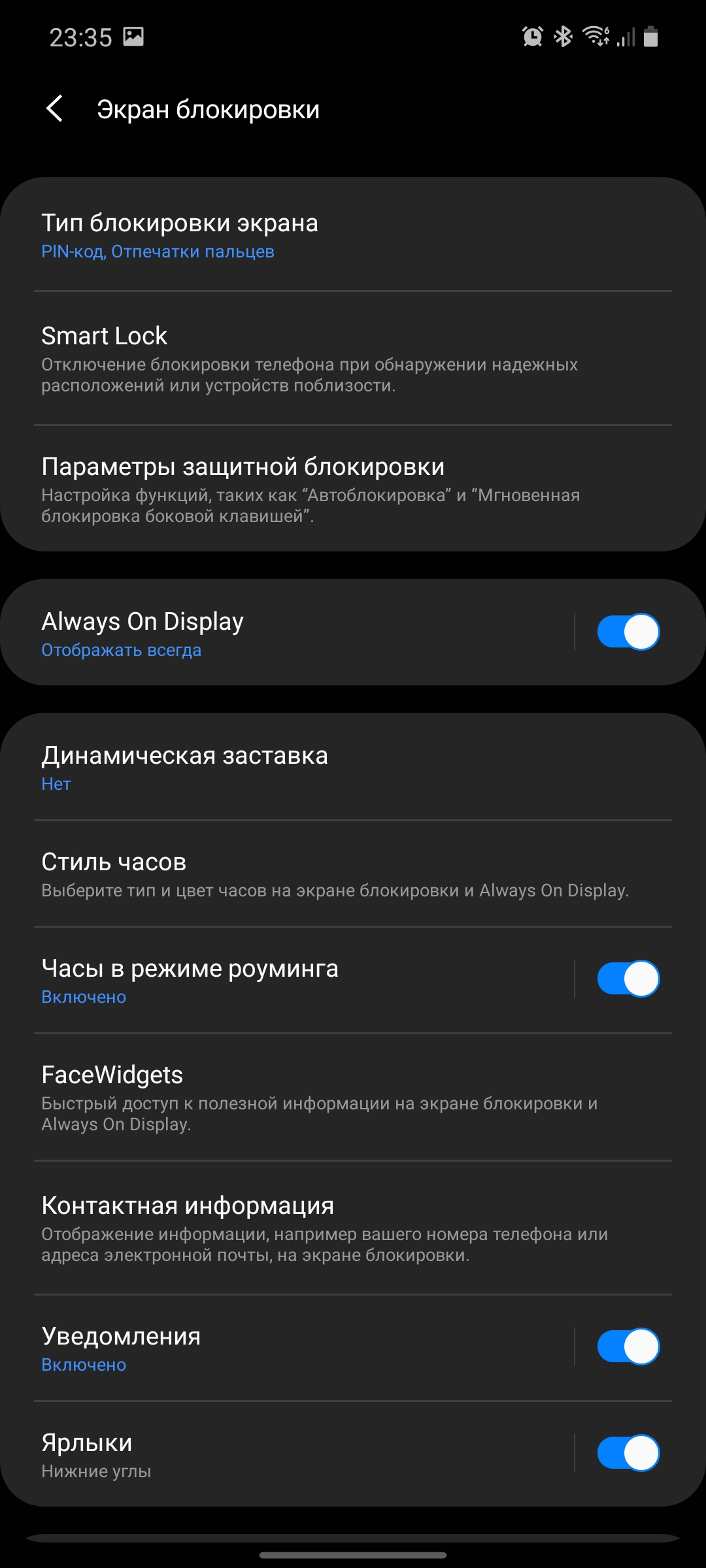
</ img>

</ img>

</ img>
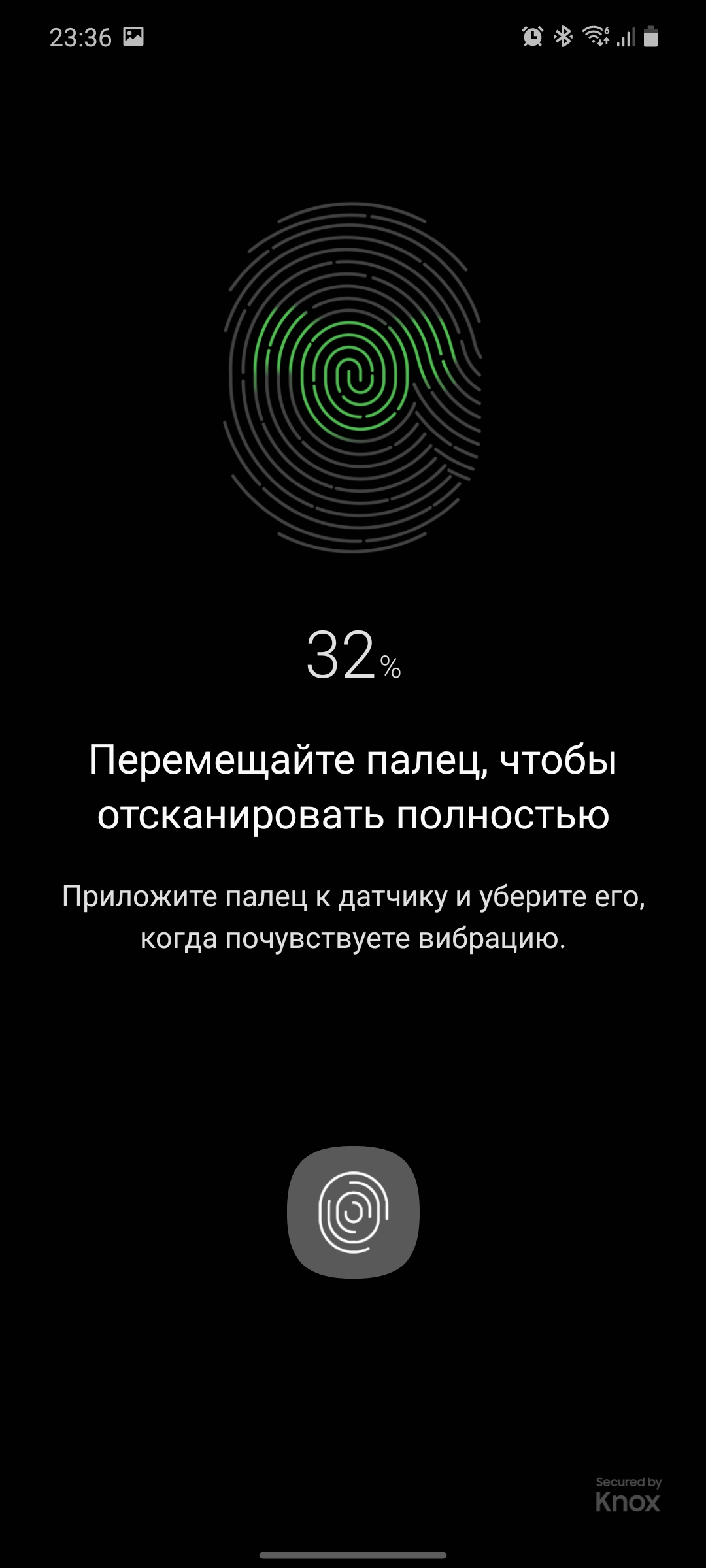
</ img>

</ img>

</ img>

</ img>

</ img>

</ img>

</ img>










What about performance, memory, sound and autonomy?
The filling of the smartphone is well known to everyoneSamsung's flagship smartphones this year. The processor is the same Samsung Exynos 990. Just in case someone missed the entire S20 and Note20 line: this is a 7-nanometer (EUV) eight-core processor with a block of two high-performance custom Mongoose M5 cores with a clock frequency of up to 2.73 GHz, a block of two Cortex-A76 at 2.5 GHz and a block of four energy-efficient Cortex-A55 at 2 GHz. Graphics accelerator - Mali-G77 MP11. In Ukraine, the smartphone is currently only available in a configuration with 6 GB of RAM and 128 GB of internal memory, although there are also 8/128 and 8/256 GB. As for performance, it is somewhat inferior to the flagship Snapdragon 865. Although for an ordinary user who does not actively play games, this difference will not play any role at all. The benchmark results are comparable to the rest of the S20 and Note20 line, in Exynos versions, of course. Unfortunately, versions with Snapdragon are not delivered to us.
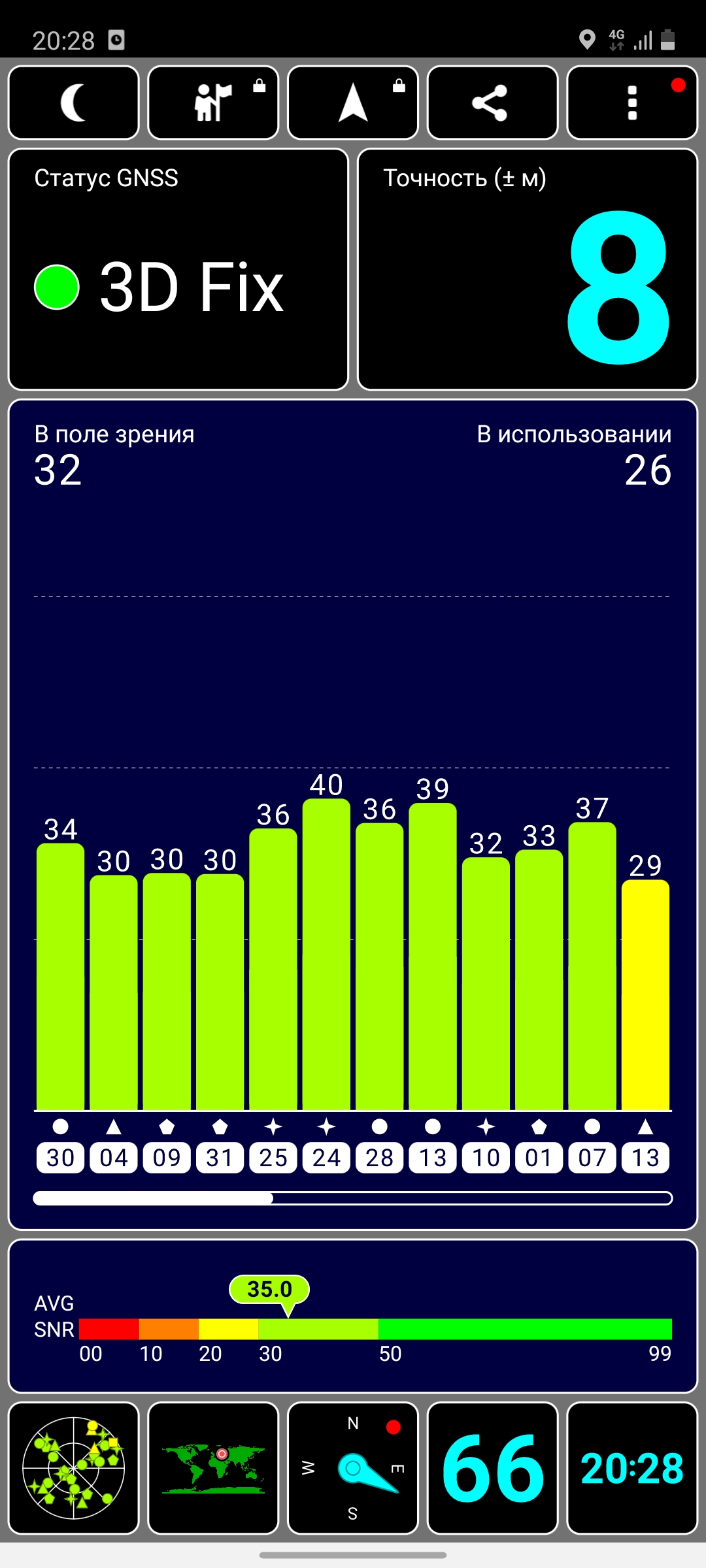

</ img>

</ img>

</ img>
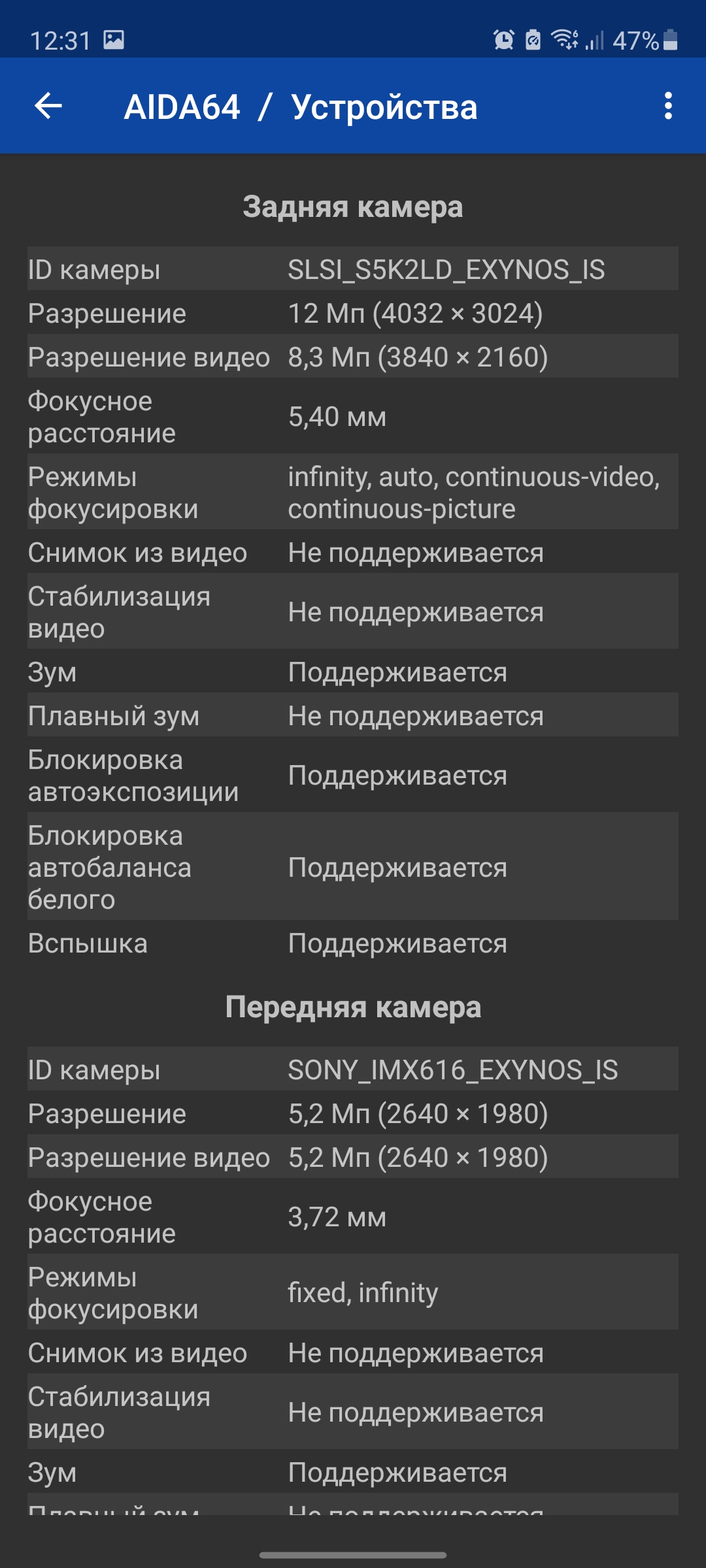
</ img>

</ img>

</ img>
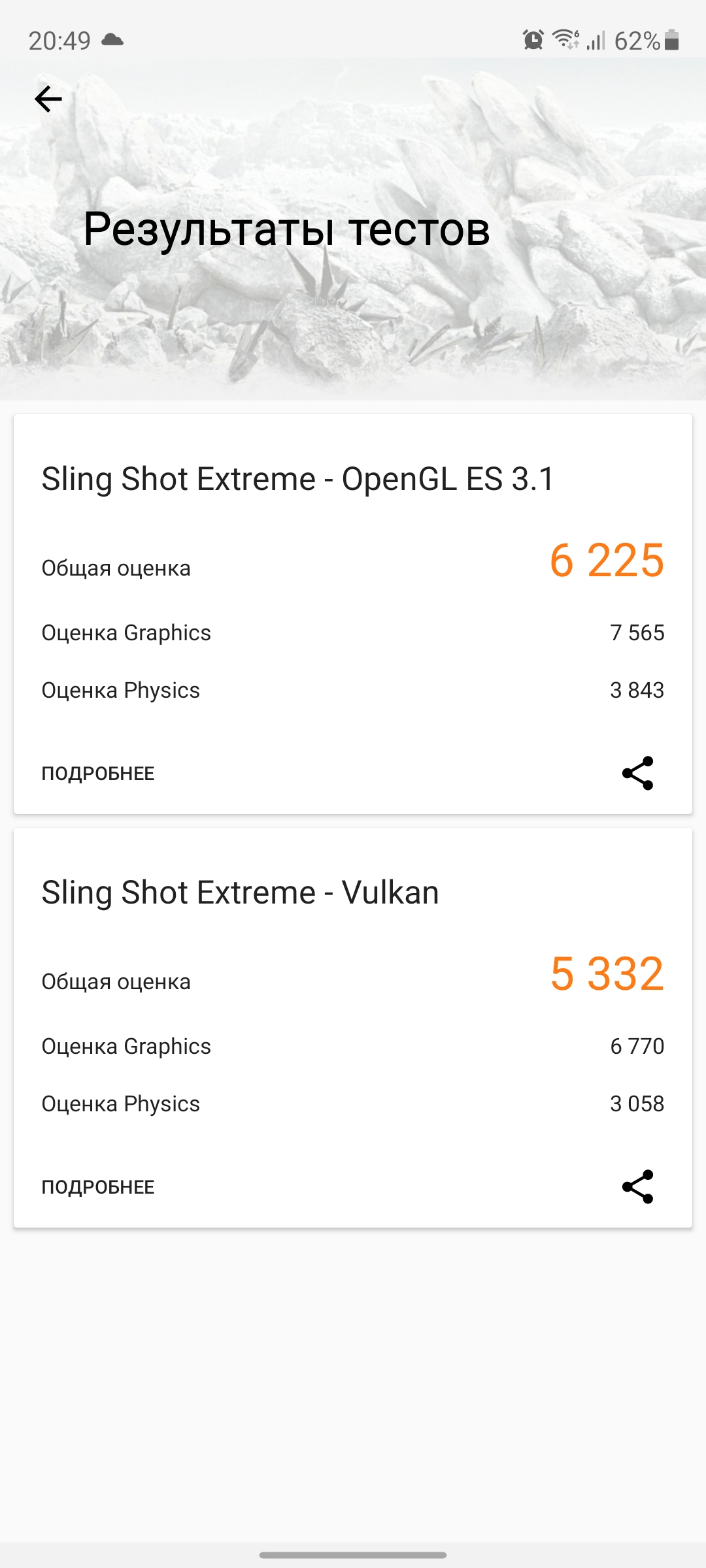
</ img>
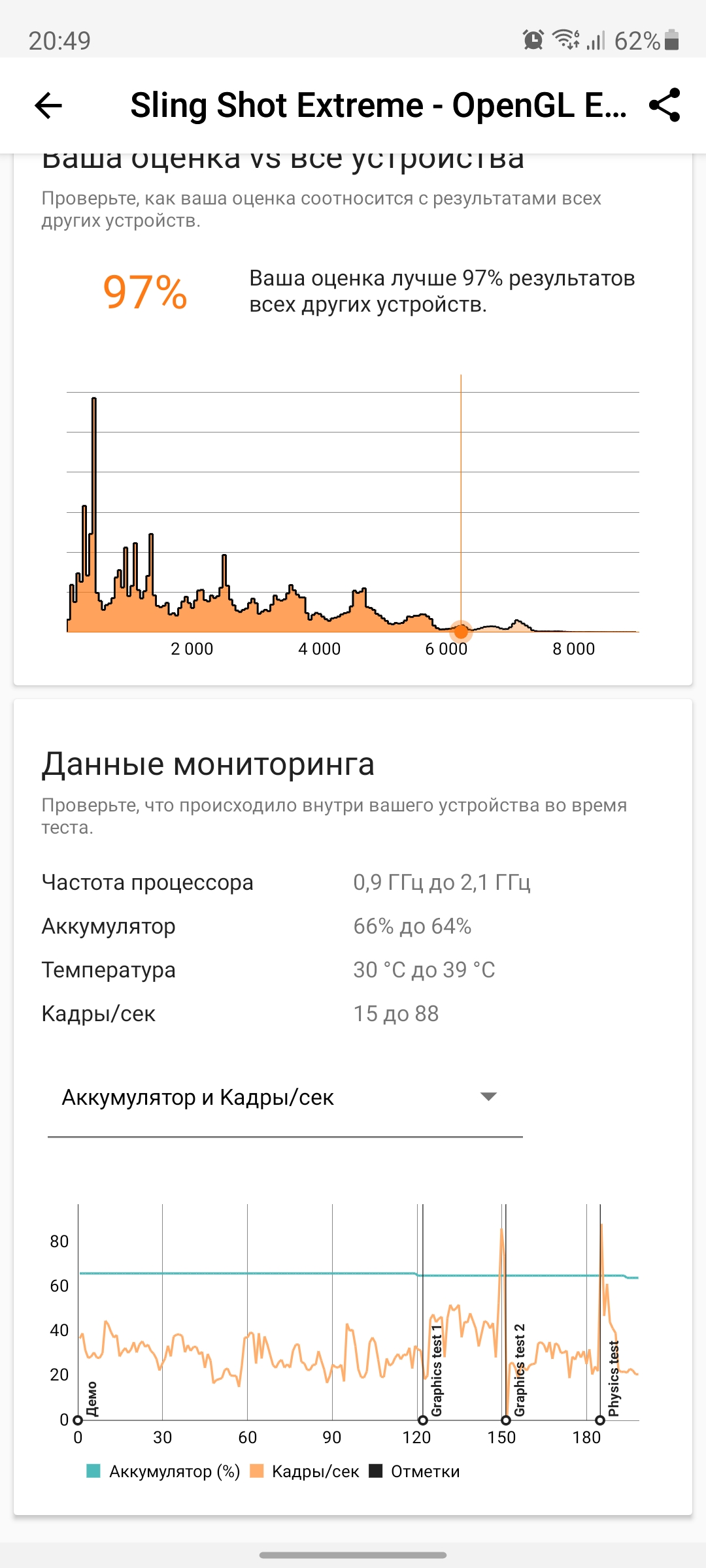
</ img>

</ img>
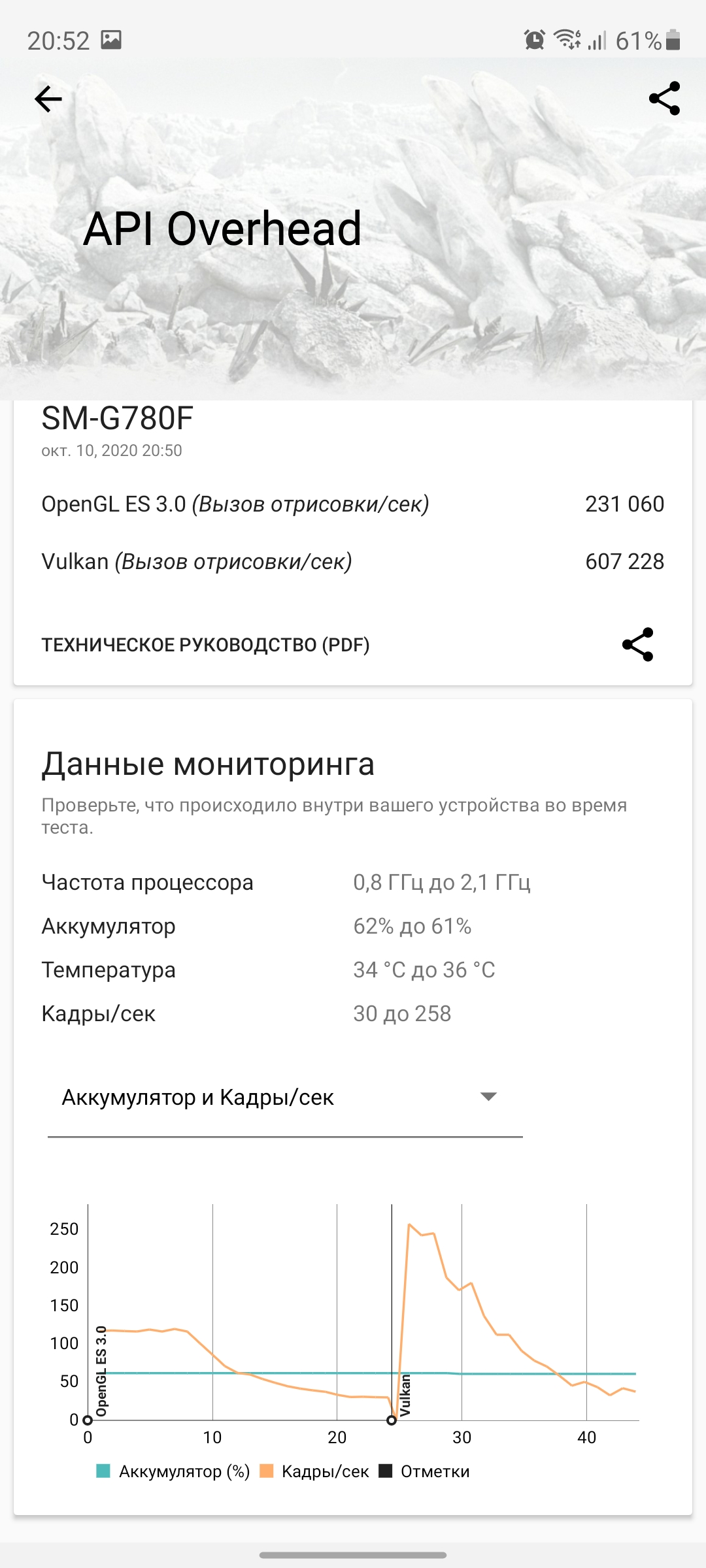
</ img>

</ img>
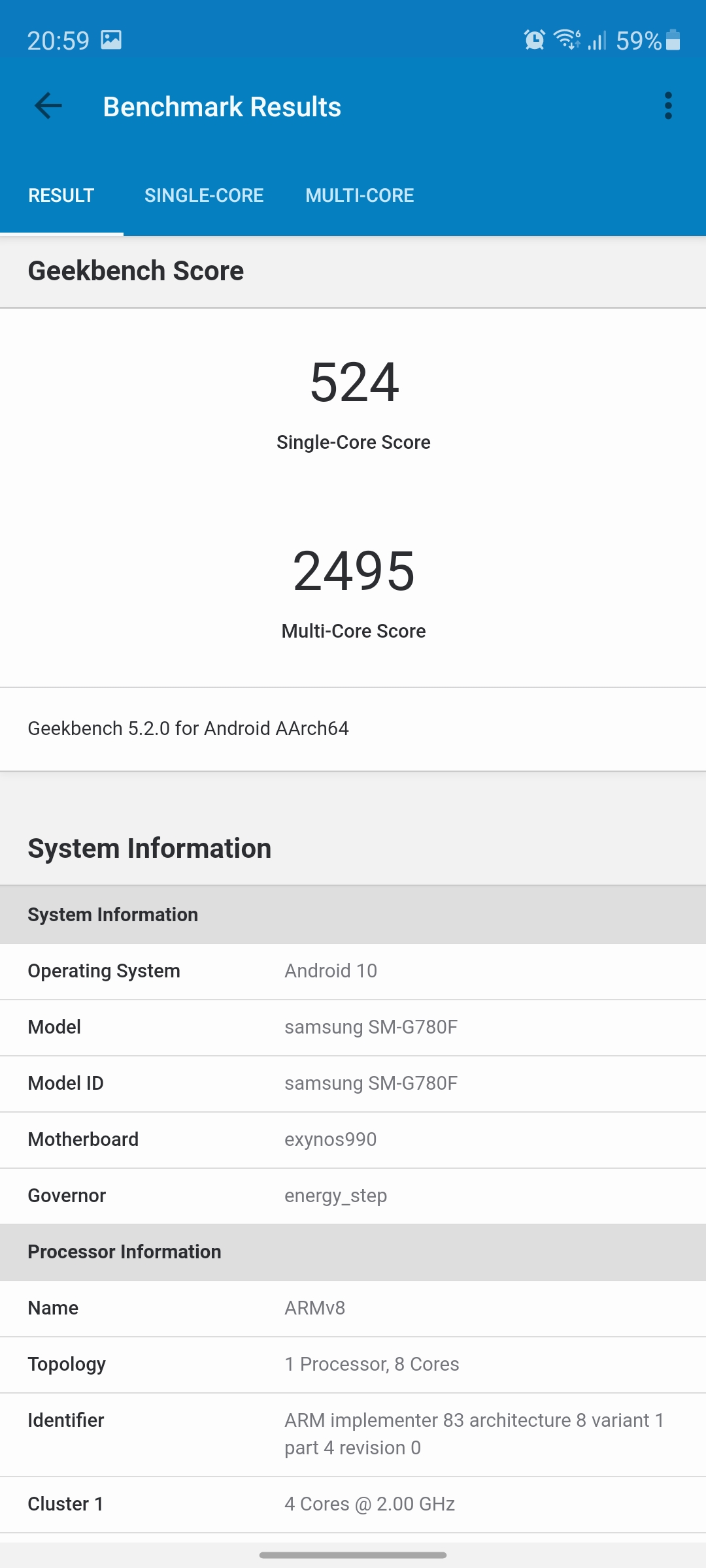

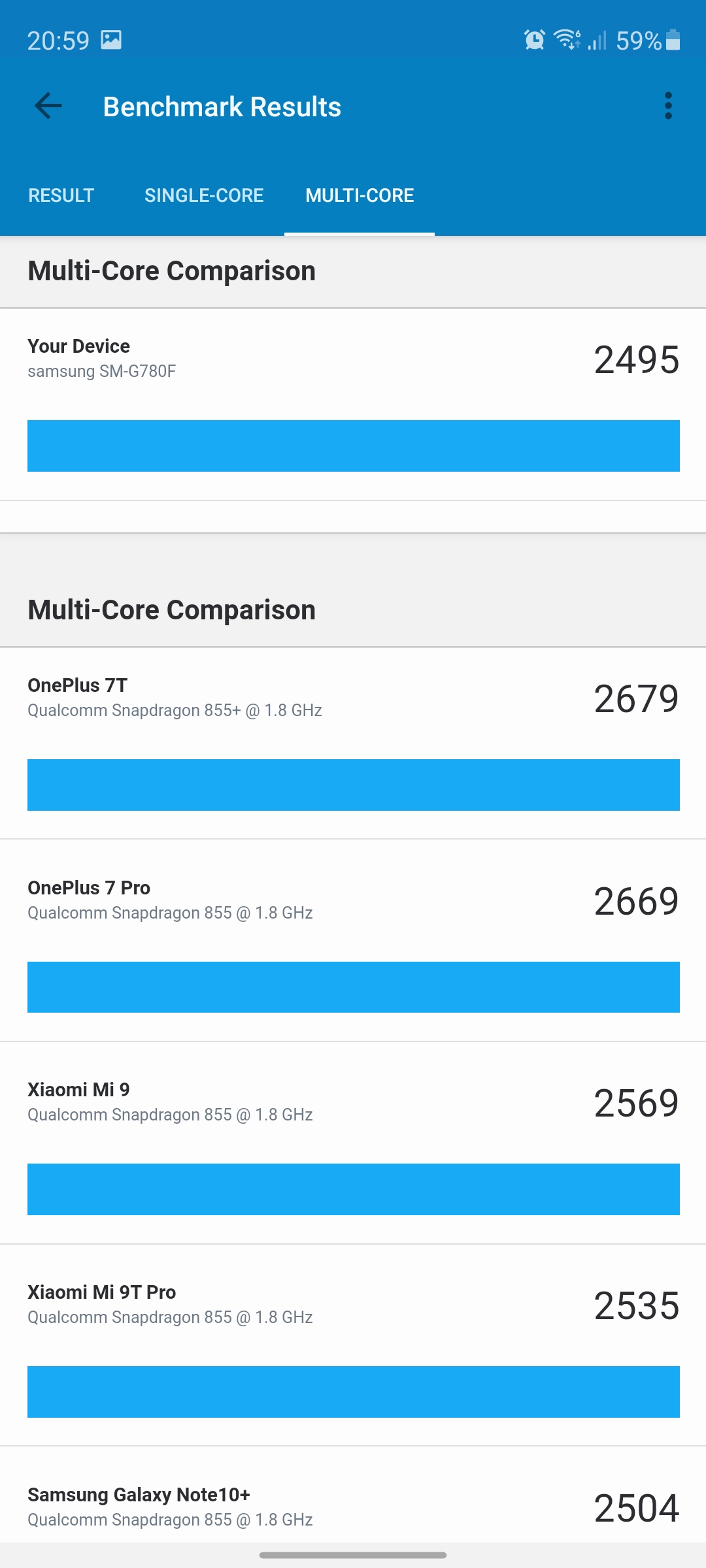






</ img>
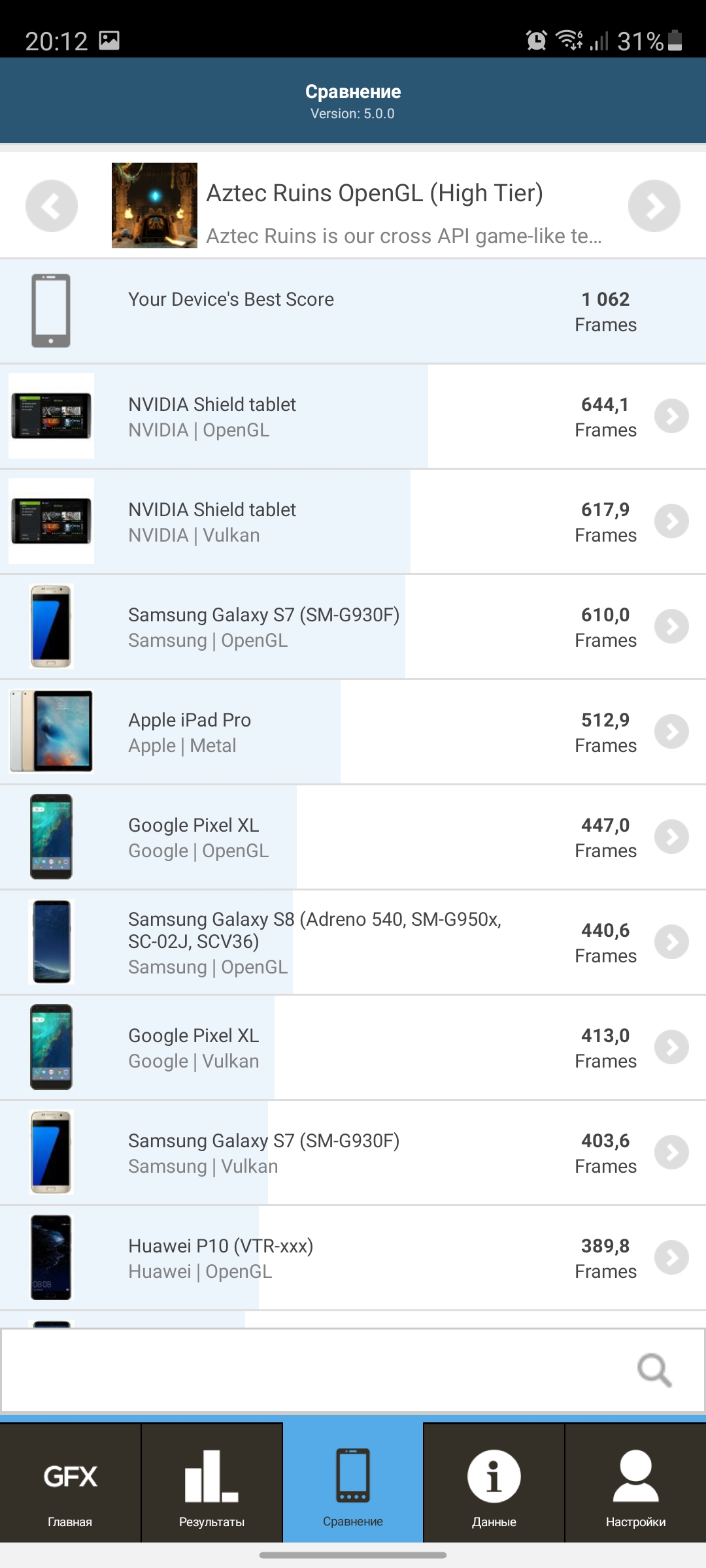
</ img>
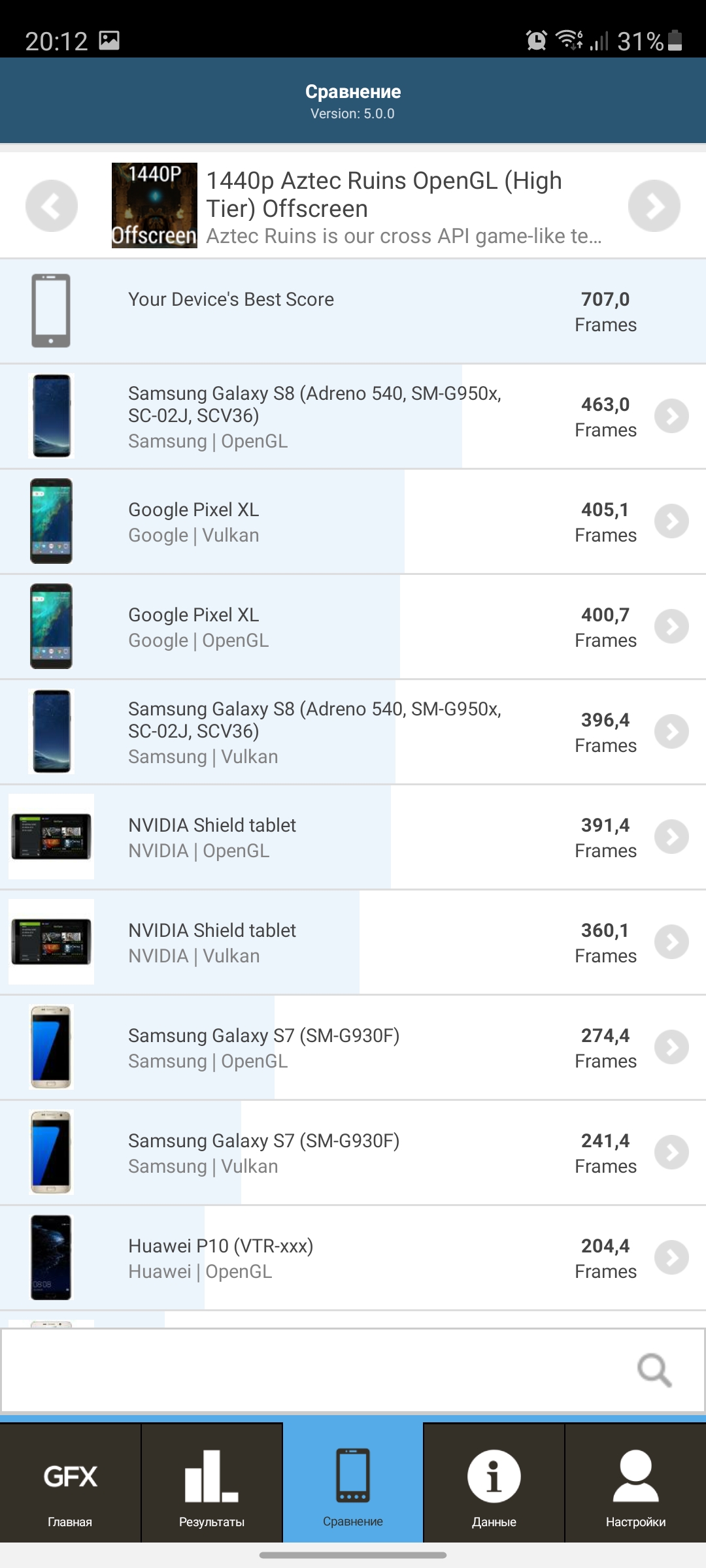
</ img>
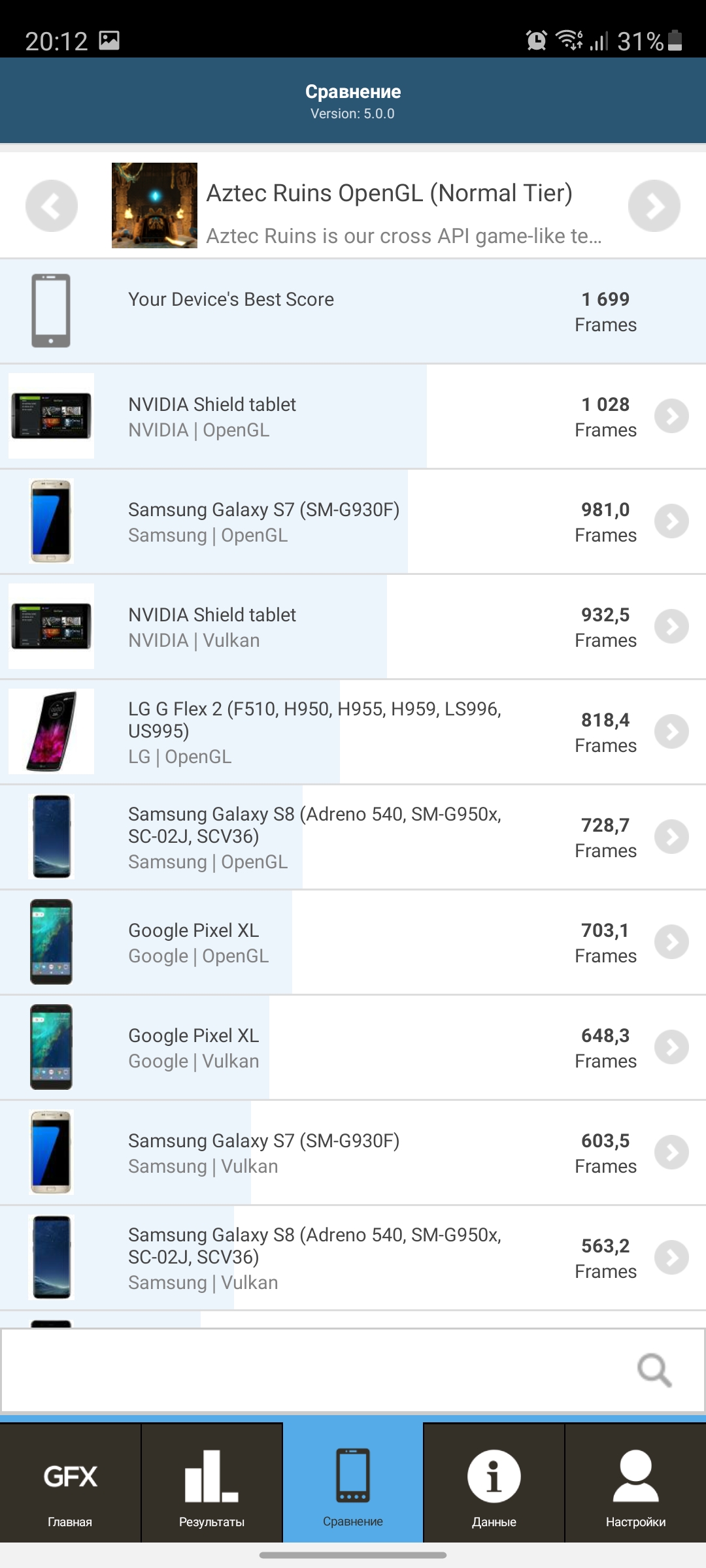
</ img>

</ img>

</ img>

</ img>

</ img>

</ img>

</ img>

</ img>

</ img>

</ img>

</ img>

</ img>
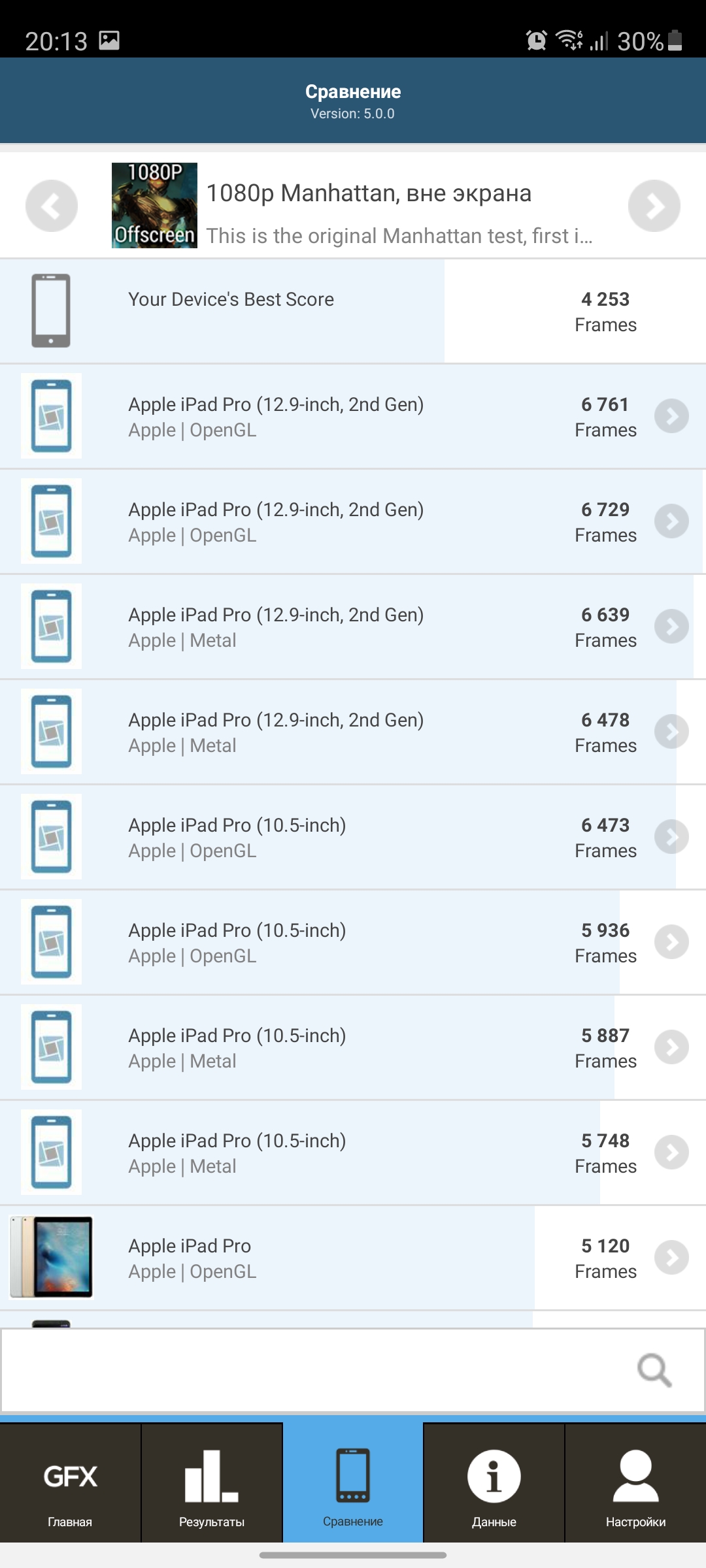
</ img>

</ img>
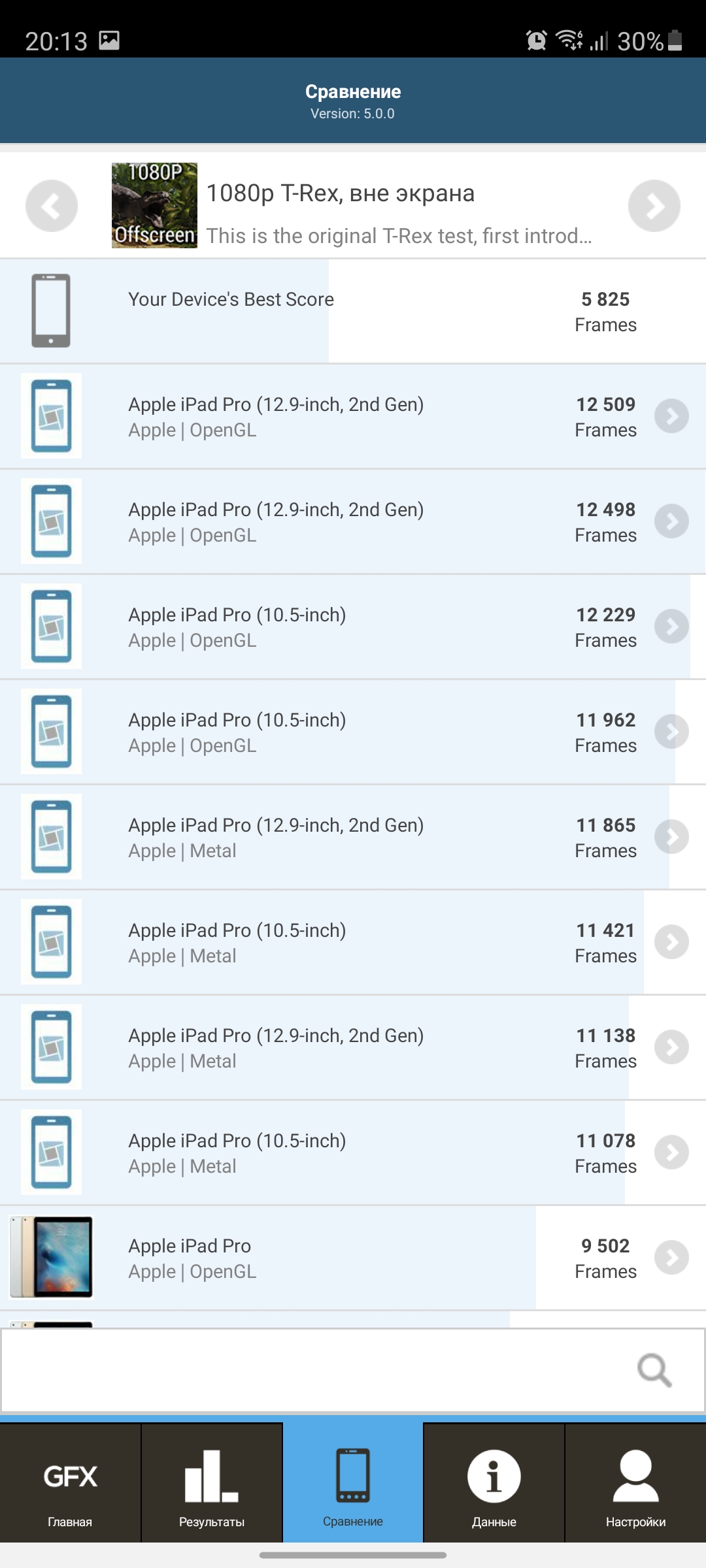
</ img>
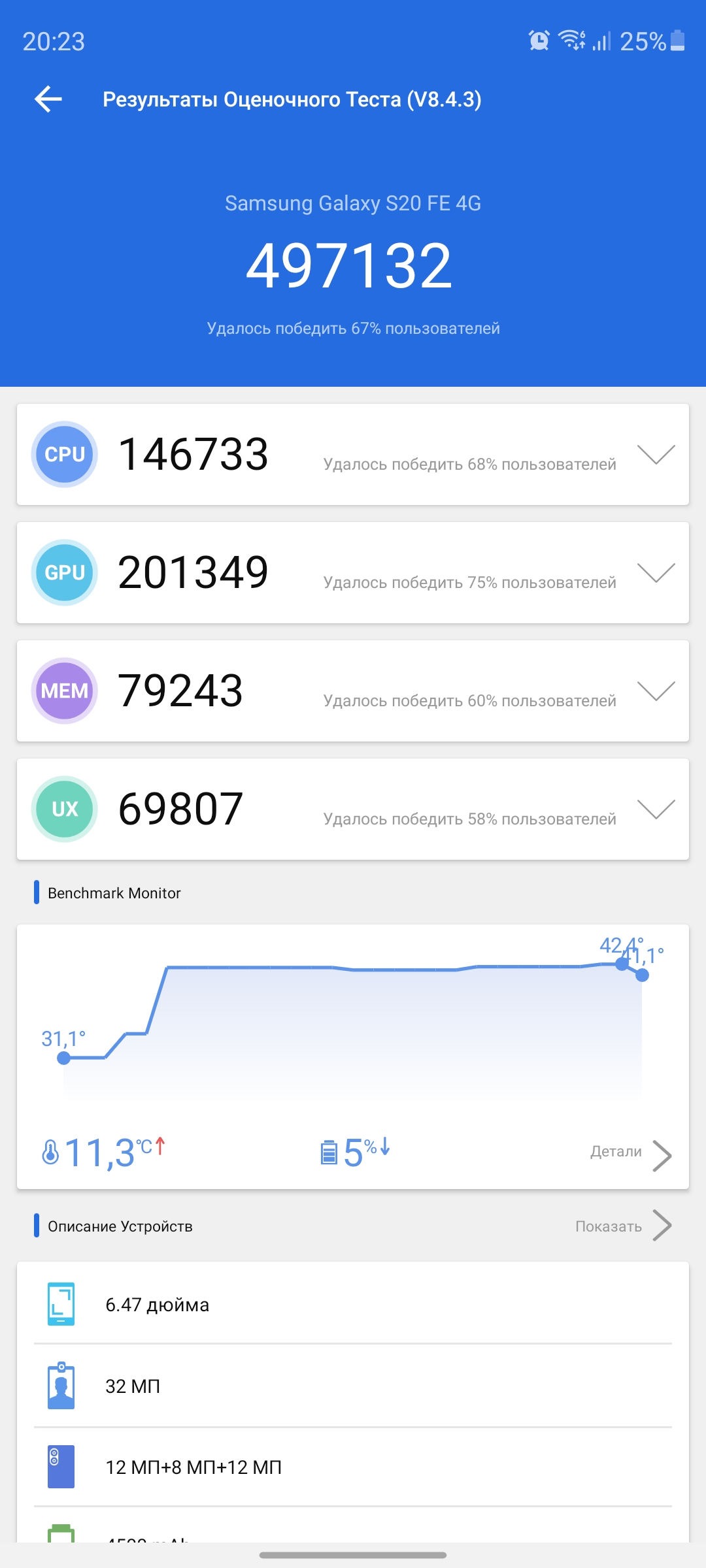
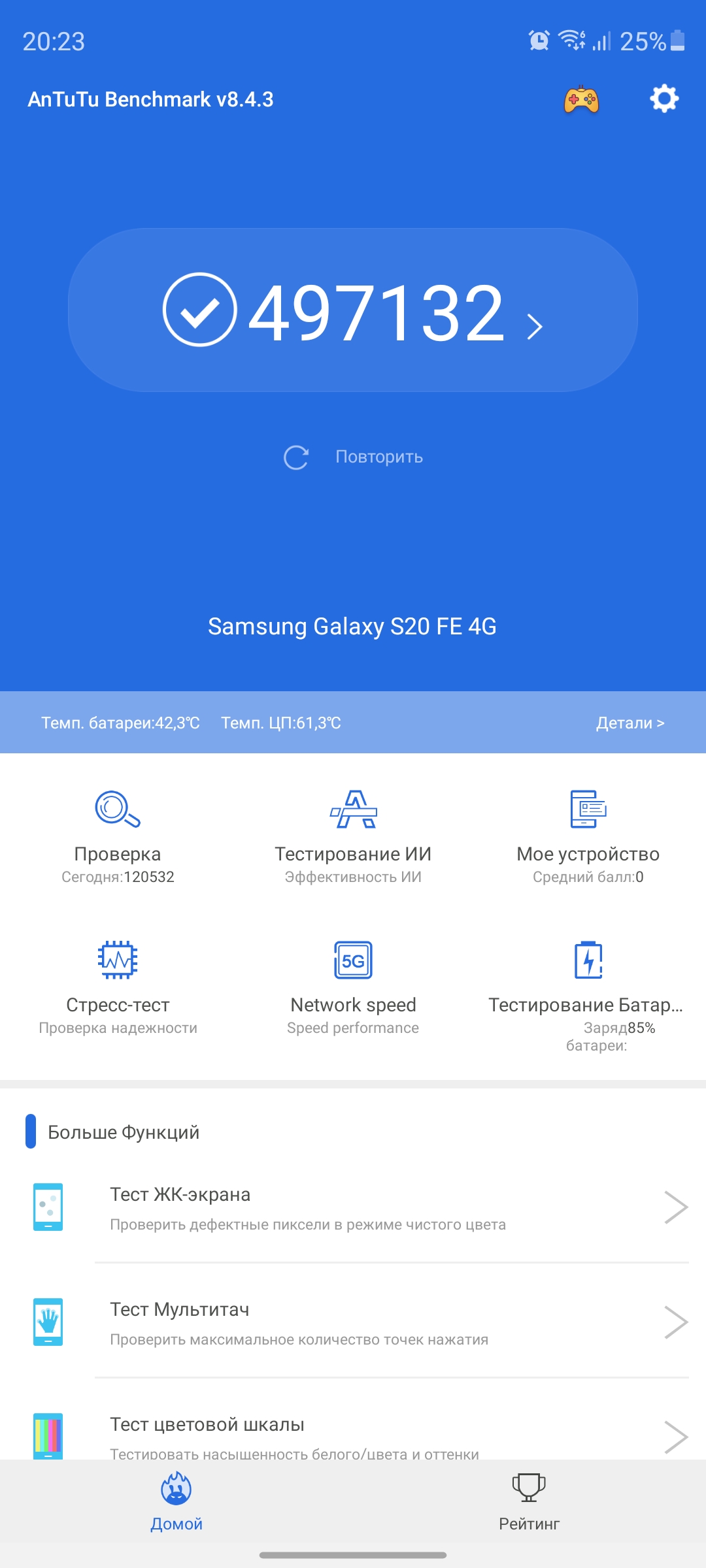
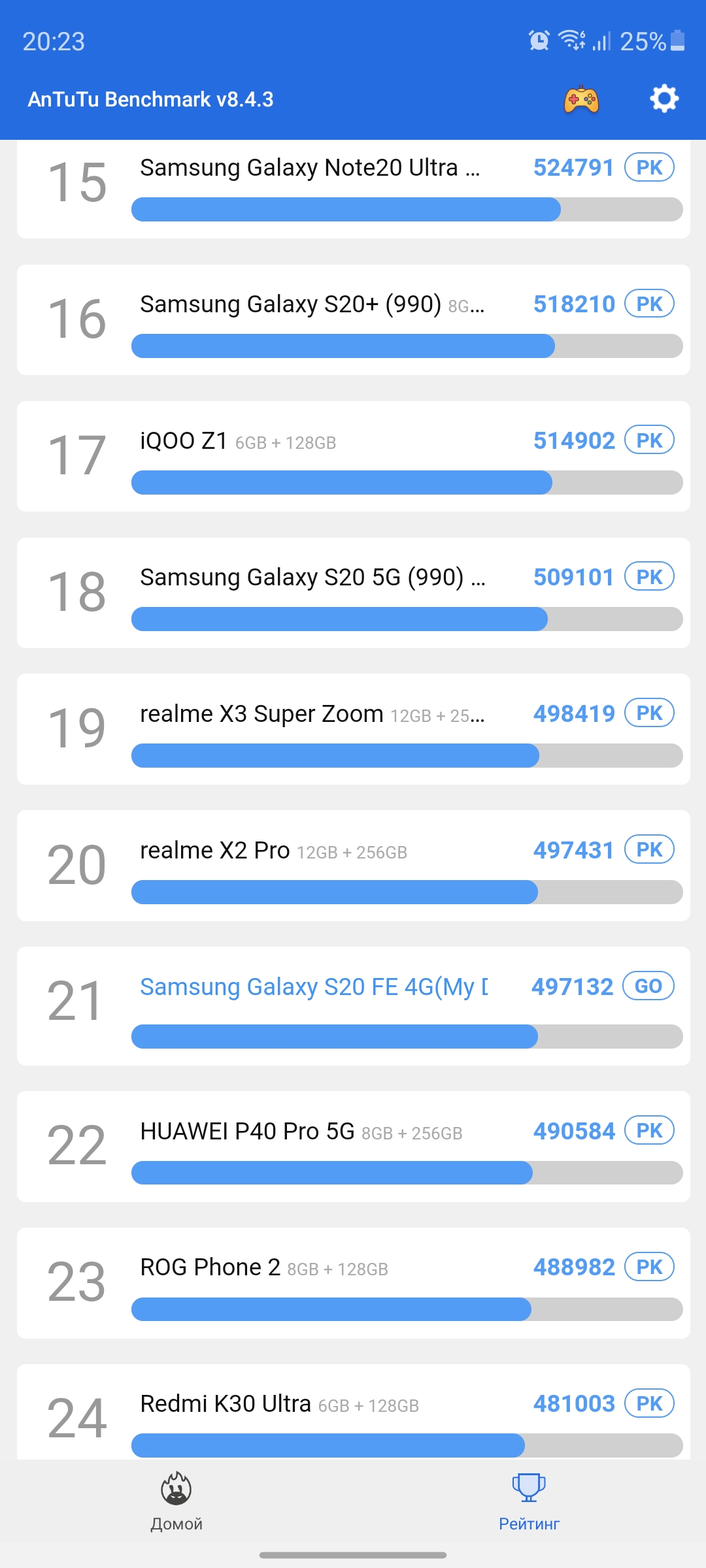











































Throttling Test has shown that with prolongedunder load, performance drops to about 84%. This is not a critical indicator, but the body of the smartphone heats up quite noticeably. And not only in tests, but also in games, as well as with prolonged use of the camera. And (for some reason) with a long download of applications from the Play Market. For example, when you first start your smartphone.

</ img>
As mentioned in the Galaxy Note20 review, folkCraftsmen have learned to disable Game Booster and other Samsung gaming gadgets, which in some cases gives a significant increase in performance in games. Those who want to experiment can easily find everything they need using Google. Moreover, the procedure is elementary. As for Game Booster and Game Launcher, they have remained virtually unchanged over the past year:


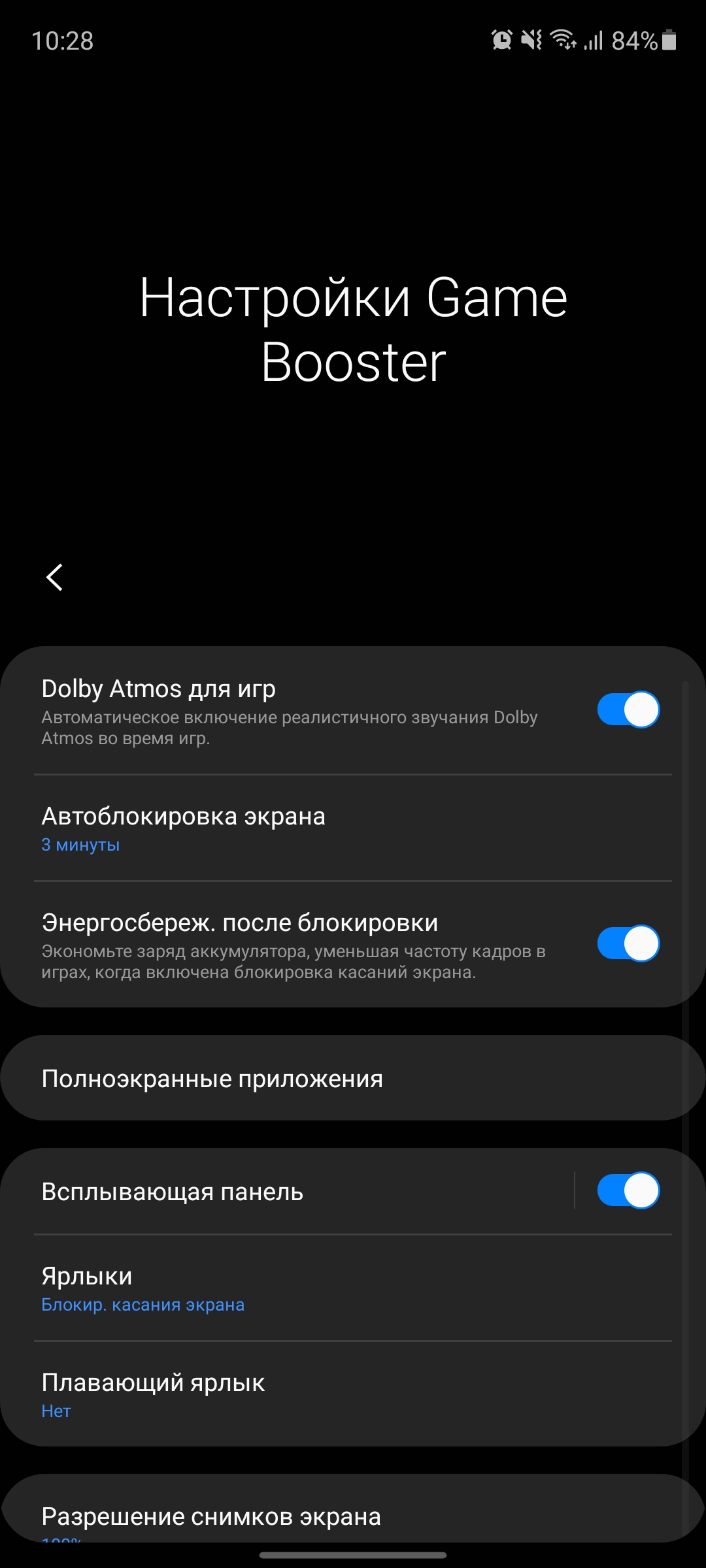

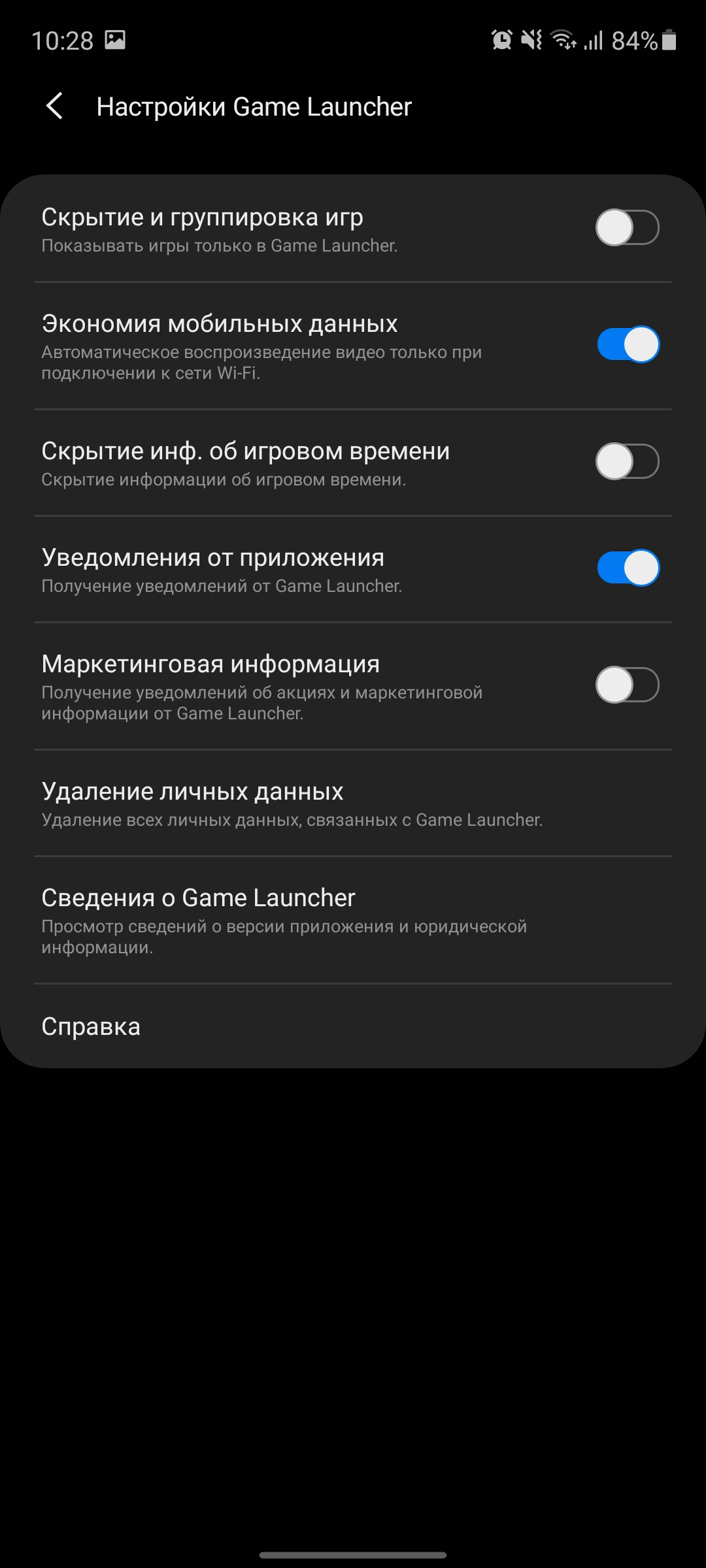









Without any manipulation to disable GameBooster and other things, PUBG produces an average of 40 fps with periodic drops. CoD Mobile at maximum graphics settings - 50-60 FPS, without freezes or critical drawdowns. In Shadow Fight 3 on ultra settings the FPS remains at 58-60.


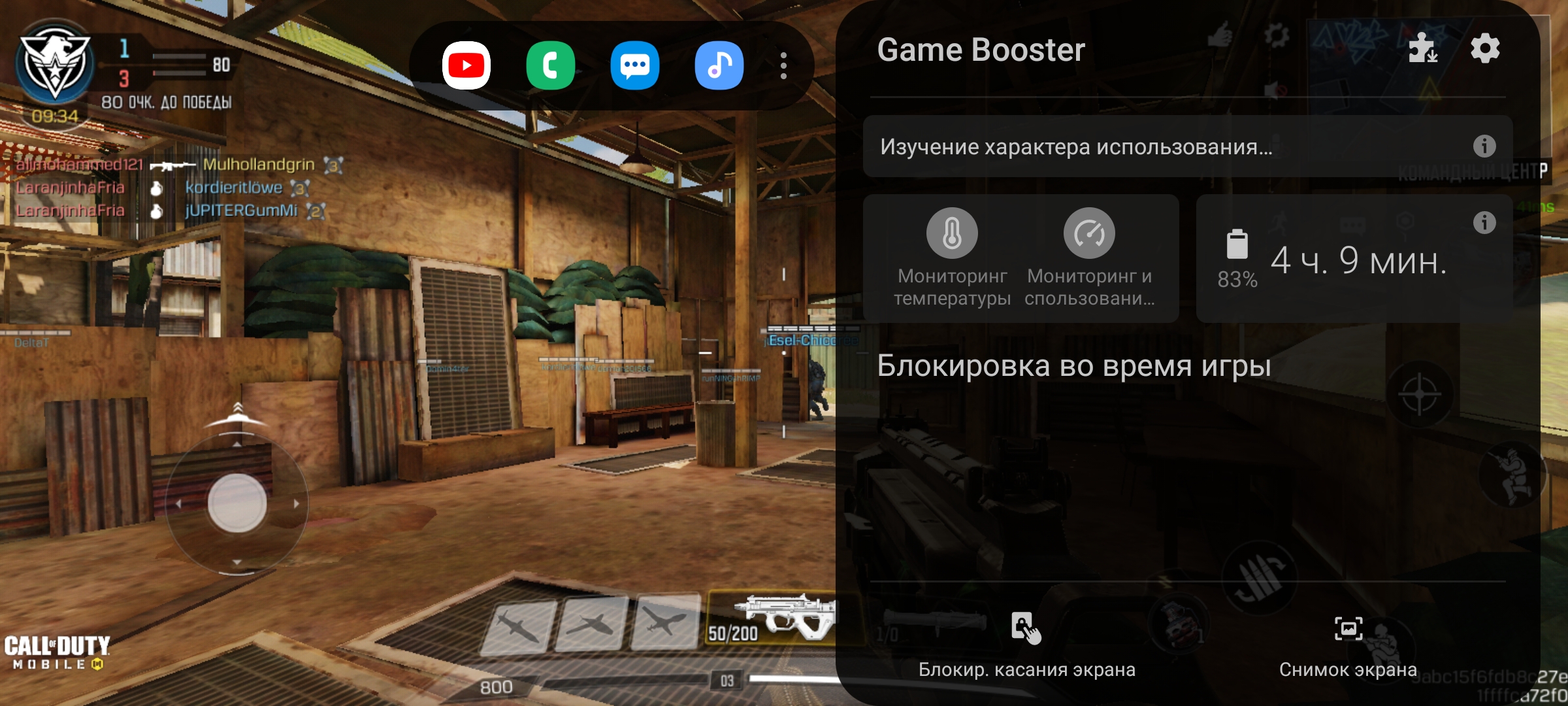



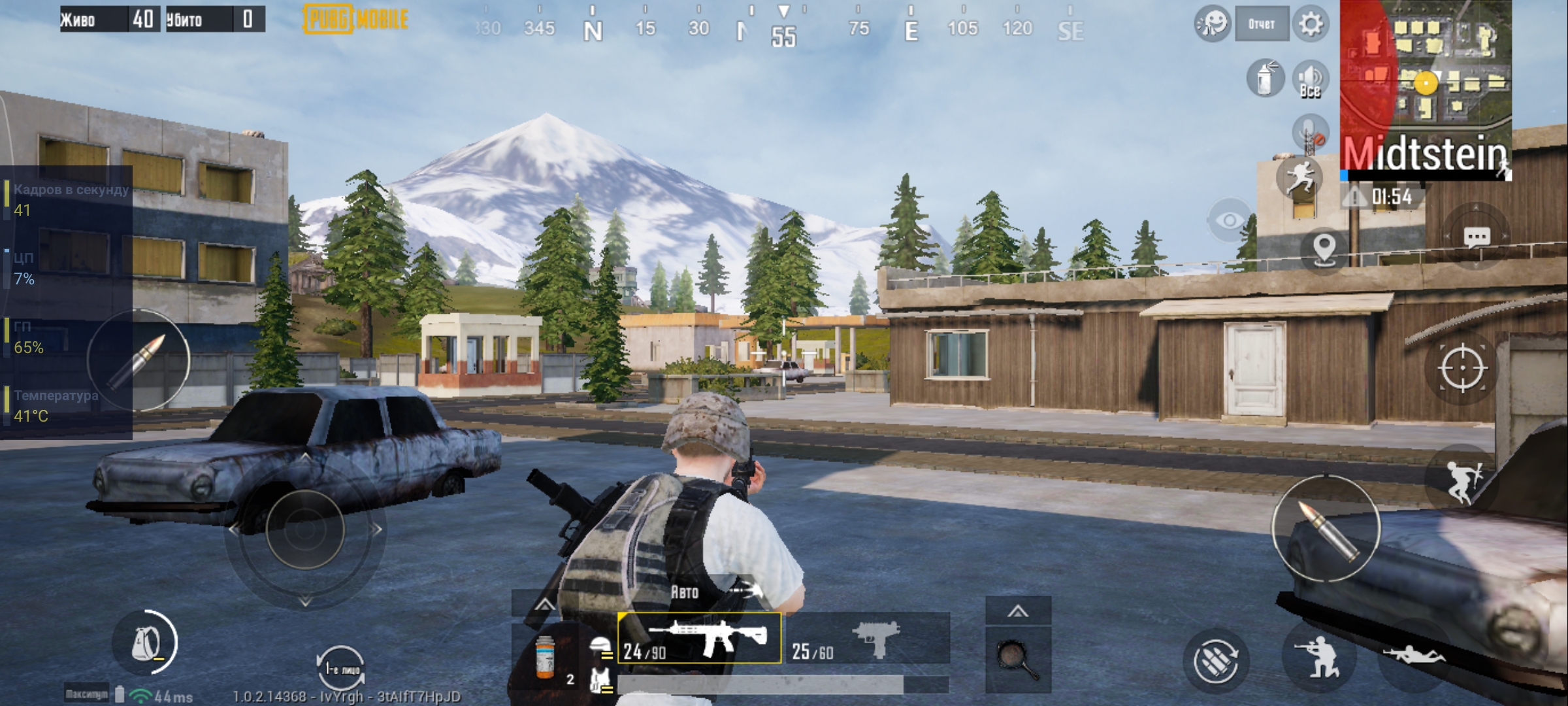











The set of wireless interfaces is similar to the older onesflagships: Wi-Fi 802.11 a/b/g/n/ac/ax (with support for Wi-Fi 6) 2.4 GHz and 5 GHz, Bluetooth 5.0 LE with support for aptX and LDAC, ANT+ and NFC codecs. For a wired connection, fast USB Type-C 3.2 Gen 1 is used. Global positioning systems GPS, GLONASS, Beidou, Galileo are supported. Of course, all this works as it should, there are no unpleasant surprises. The smartphone can reproduce stereo sound using the main and earpiece speakers. The sound quality is very good. Of course, you shouldn't expect deep bass, but otherwise the sound was pleasantly pleasing. There is no standard headphone jack and conventional adapters traditionally do not work, so a Bluetooth headset or a USB Type-C DAC. The branded player has standard functionality, including an equalizer and all sorts of Dolby Atmos.
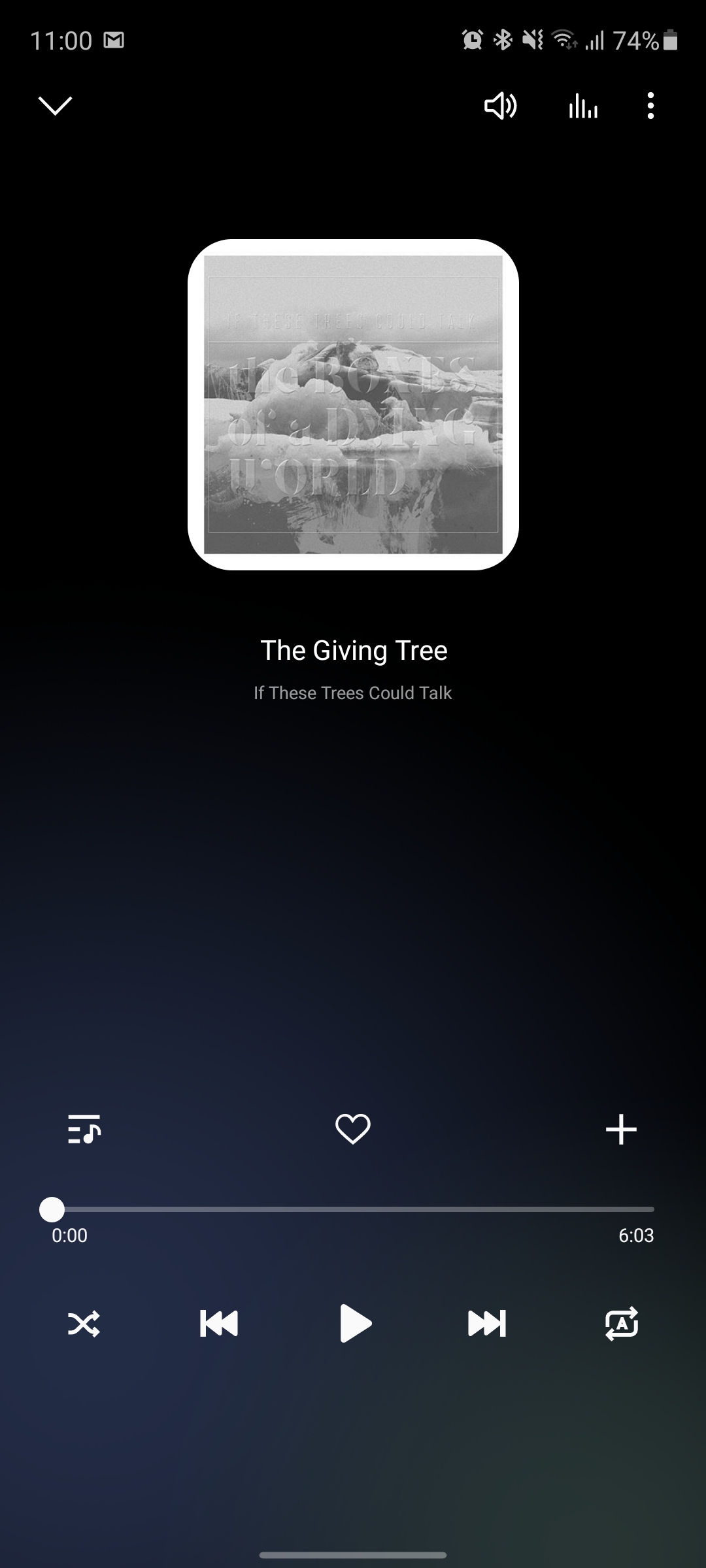

</ img>

</ img>



The smartphone has a 4500 mAh battery,There is support for fast charging via a 25 W wire, but a 15 W power supply is included. The smartphone arrived to us without a kit, so there was no way to measure the charging time from the original charger. There is also 15W fast wireless charging and 4.5W reverse wireless charging, like the older models. Traditionally, there are various power, energy saving and Digital Wellbeing modes to control the time you use your smartphone. Samsung Galaxy S20 FE was used in my usual mode: LTE/Wi-Fi constant connection, 15-20 minutes of calls, 15-20 photos, about 30 minutes of games, mail, social. networks, notifications and so on. The screen frequency is exclusively 120 Hz. In this usage scenario, the smartphone works for a day, no more. Standard indicator. I believe that if you use the 60 Hz mode, the battery life will increase. But there is not the slightest desire to switch from 120 to 60 Hz.


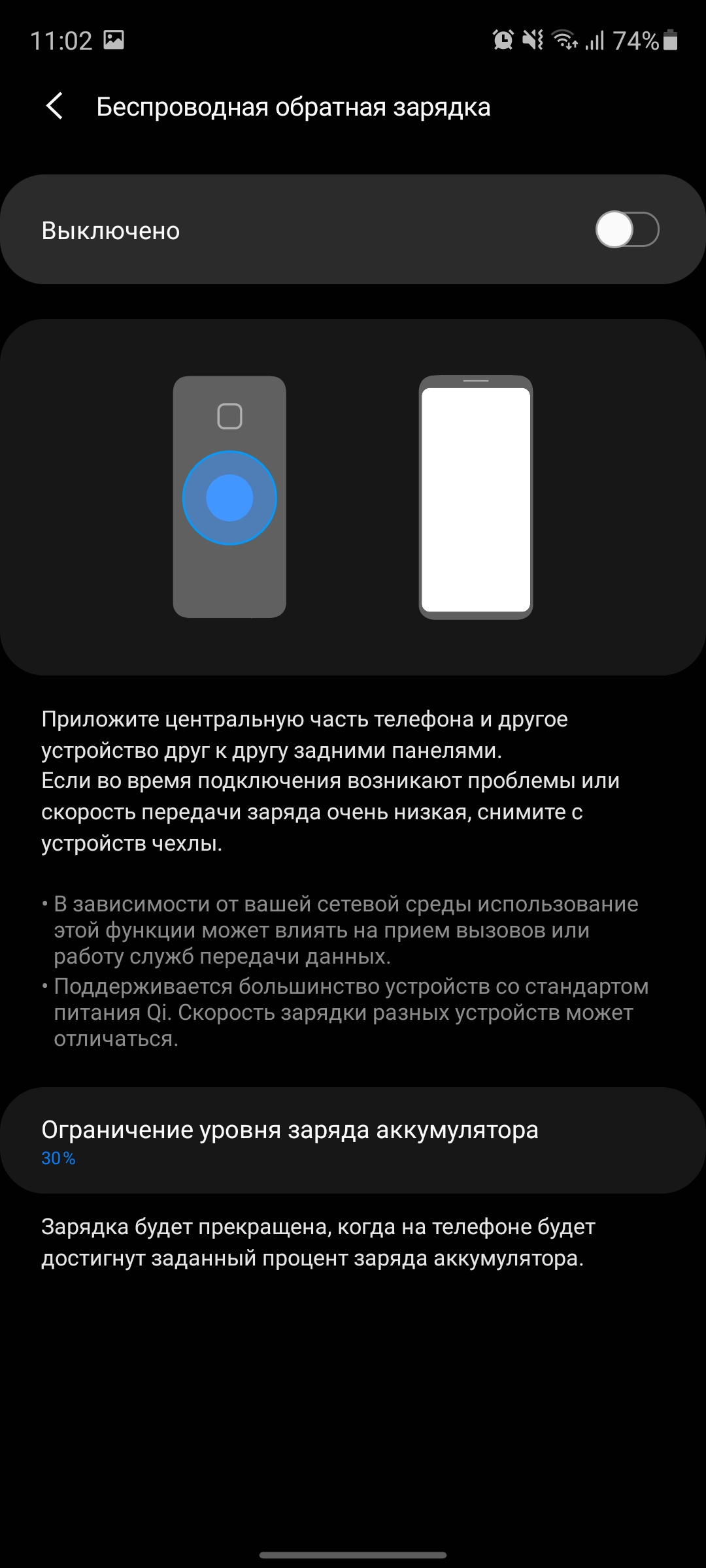







What about the interface?

</ img>

</ img>




Samsung Galaxy S20 FE runs on Android 10 OSproprietary shell One UI version 2.5. We have already reviewed it several times in our reviews, including the recent review of the Samsung Galaxy Note20. So there’s really no point in going into detail. The shell is nimble, convenient, with decent customization and configuration capabilities. Including the organization of the workspace (with and without a separate application menu), grid settings, widgets, various types of system navigation, and so on.

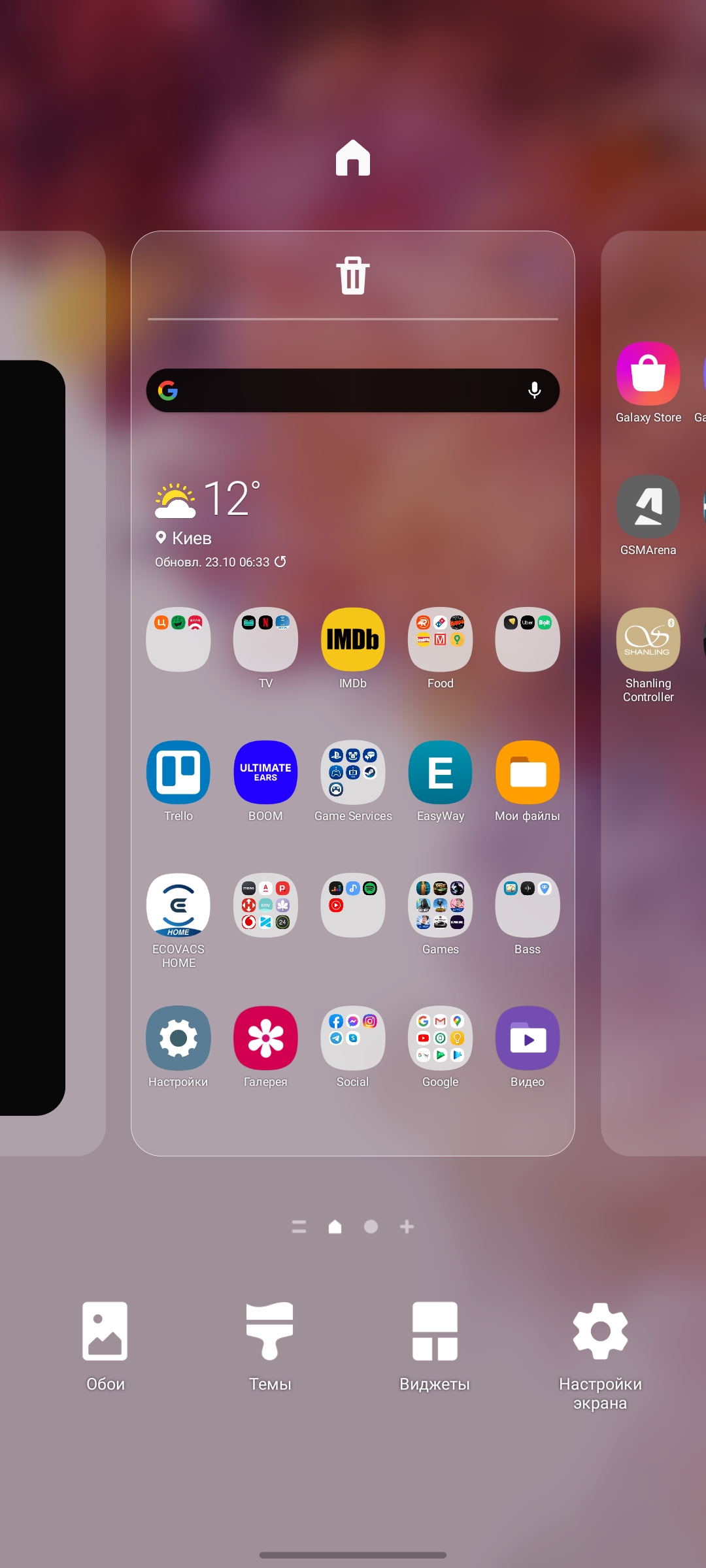

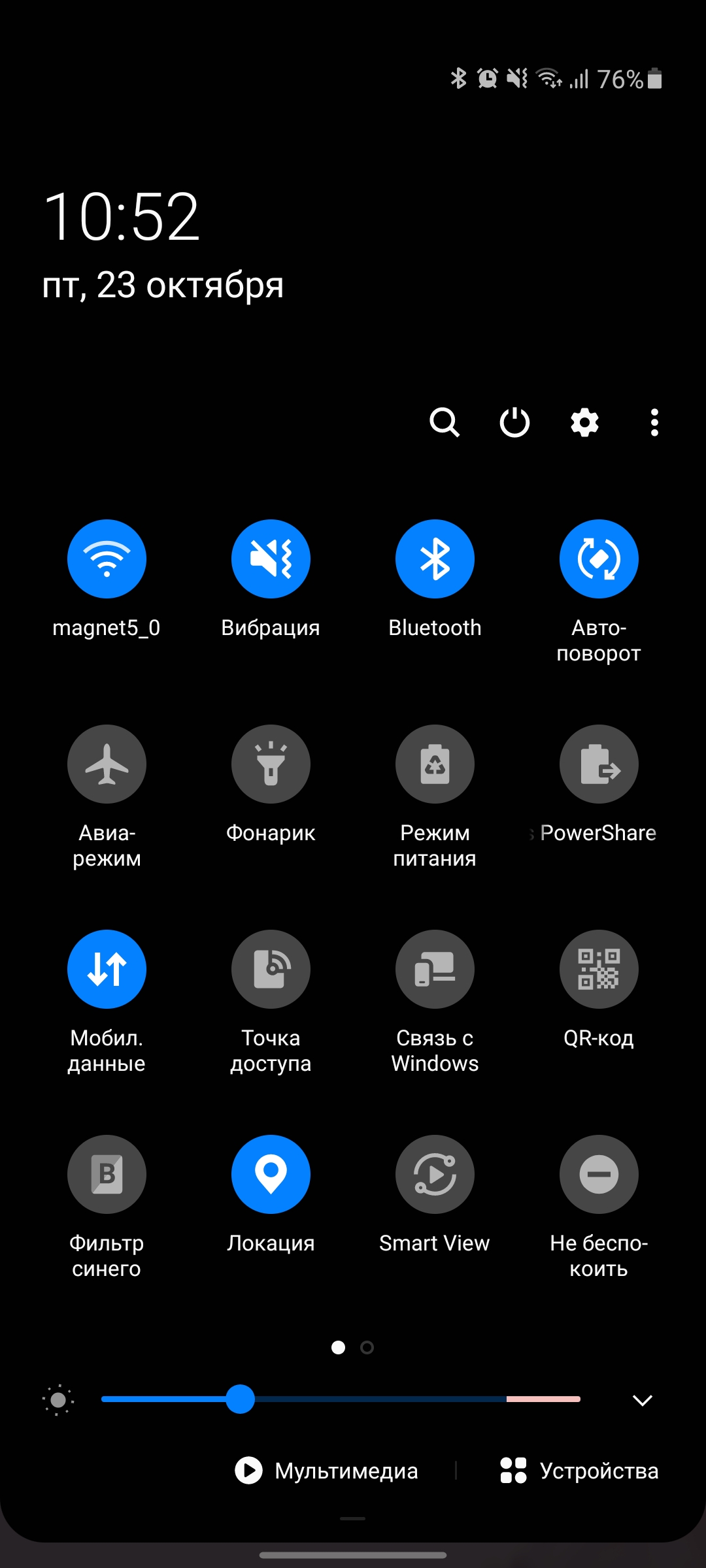
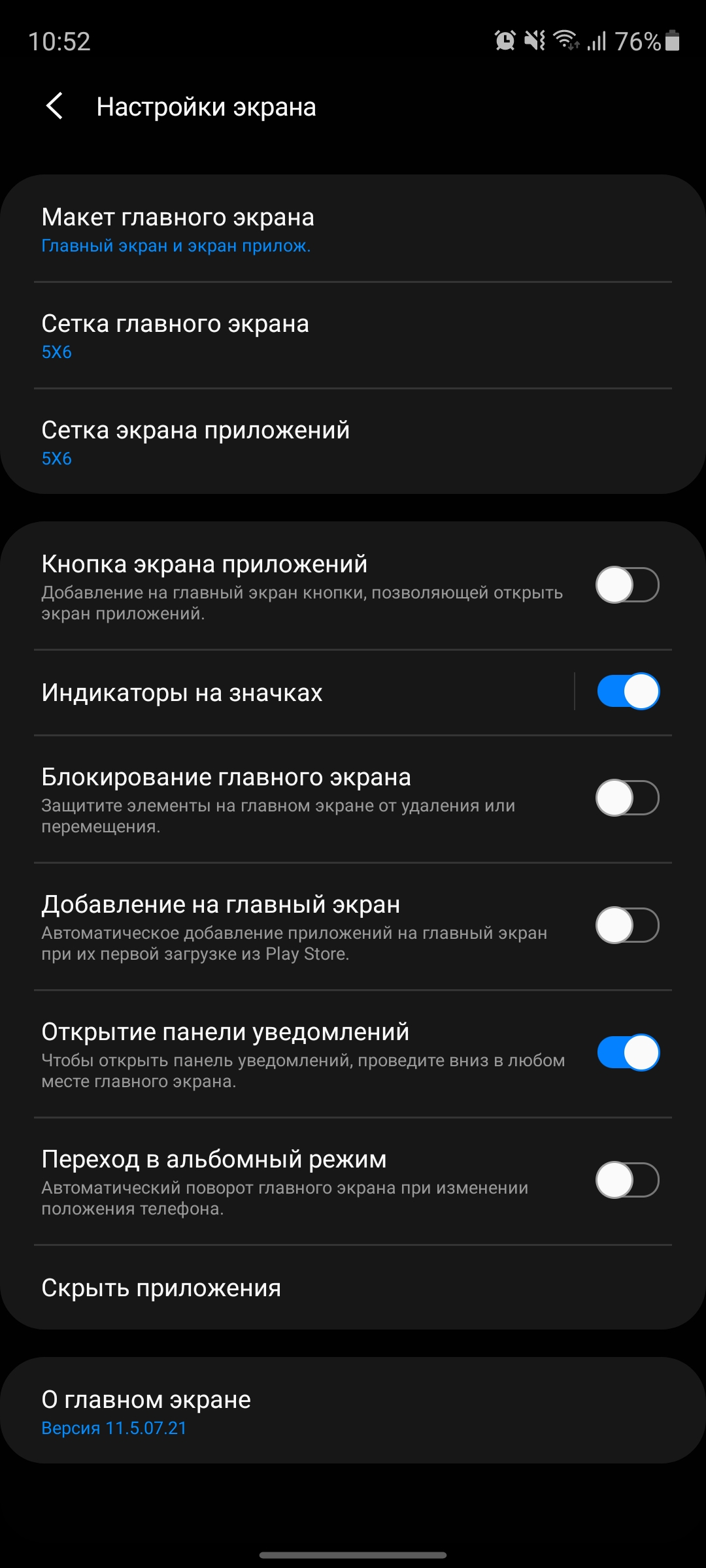



</ img>



</ img>

</ img>

</ img>
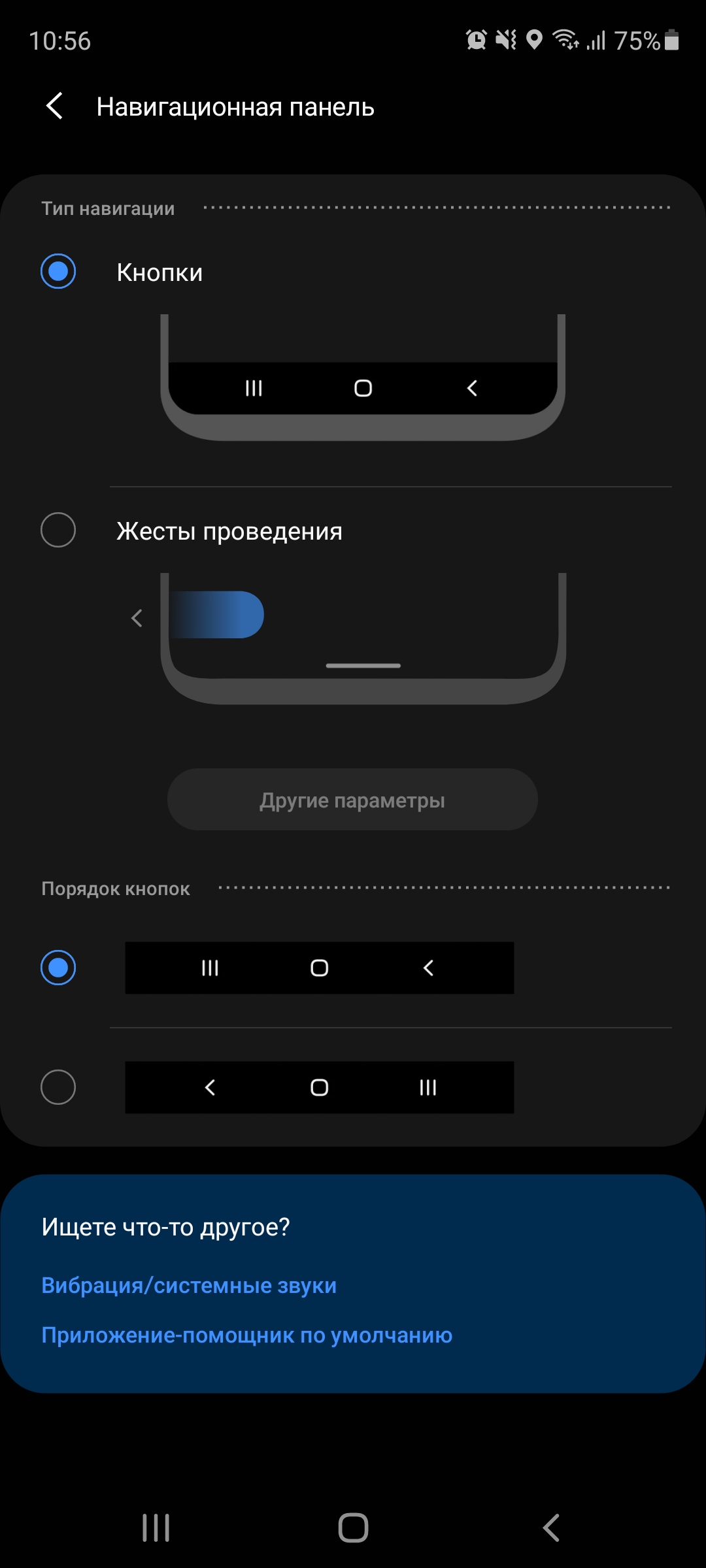
</ img>














Application manager, open in window, transparency, dual window mode:


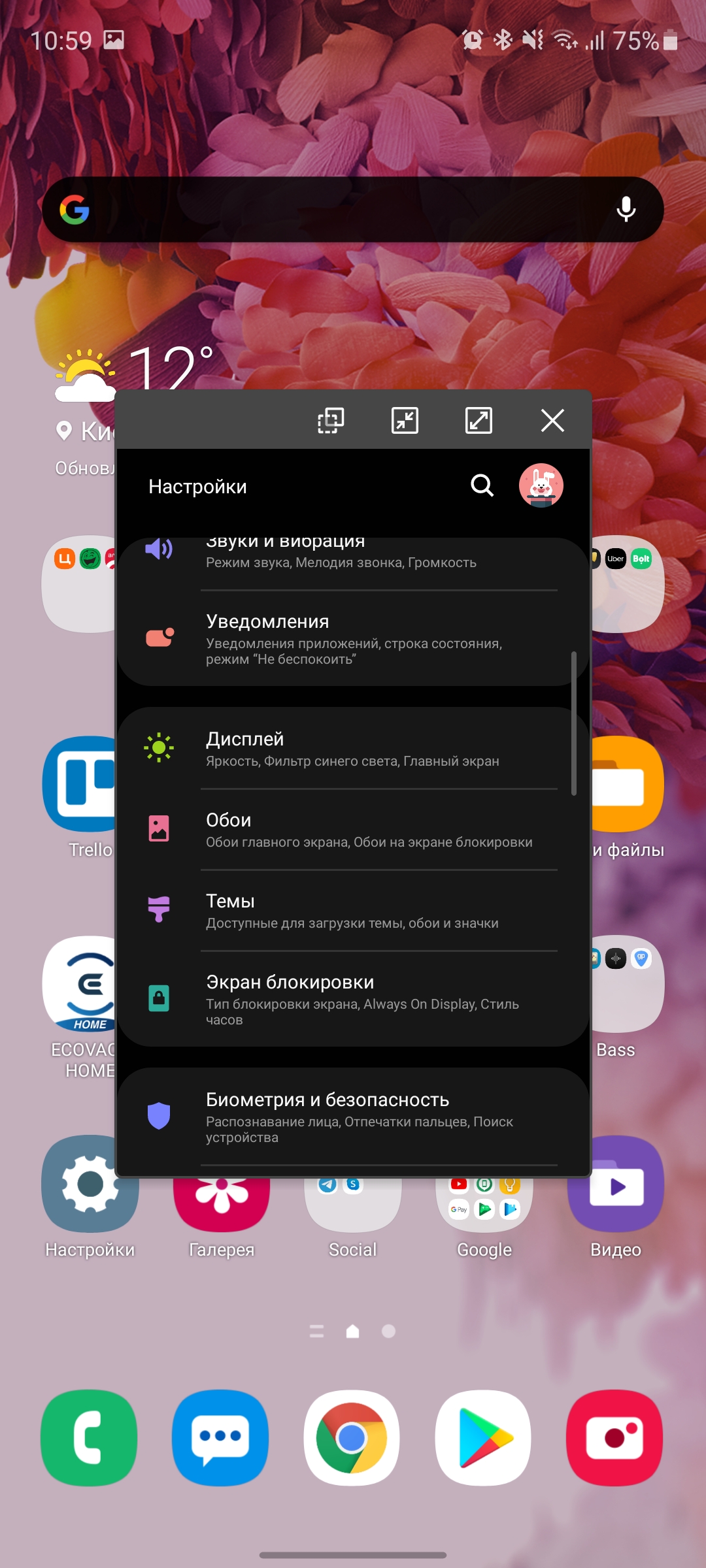
</ img>

</ img>



</ img>







Side Edge Panels and Side Lighting:
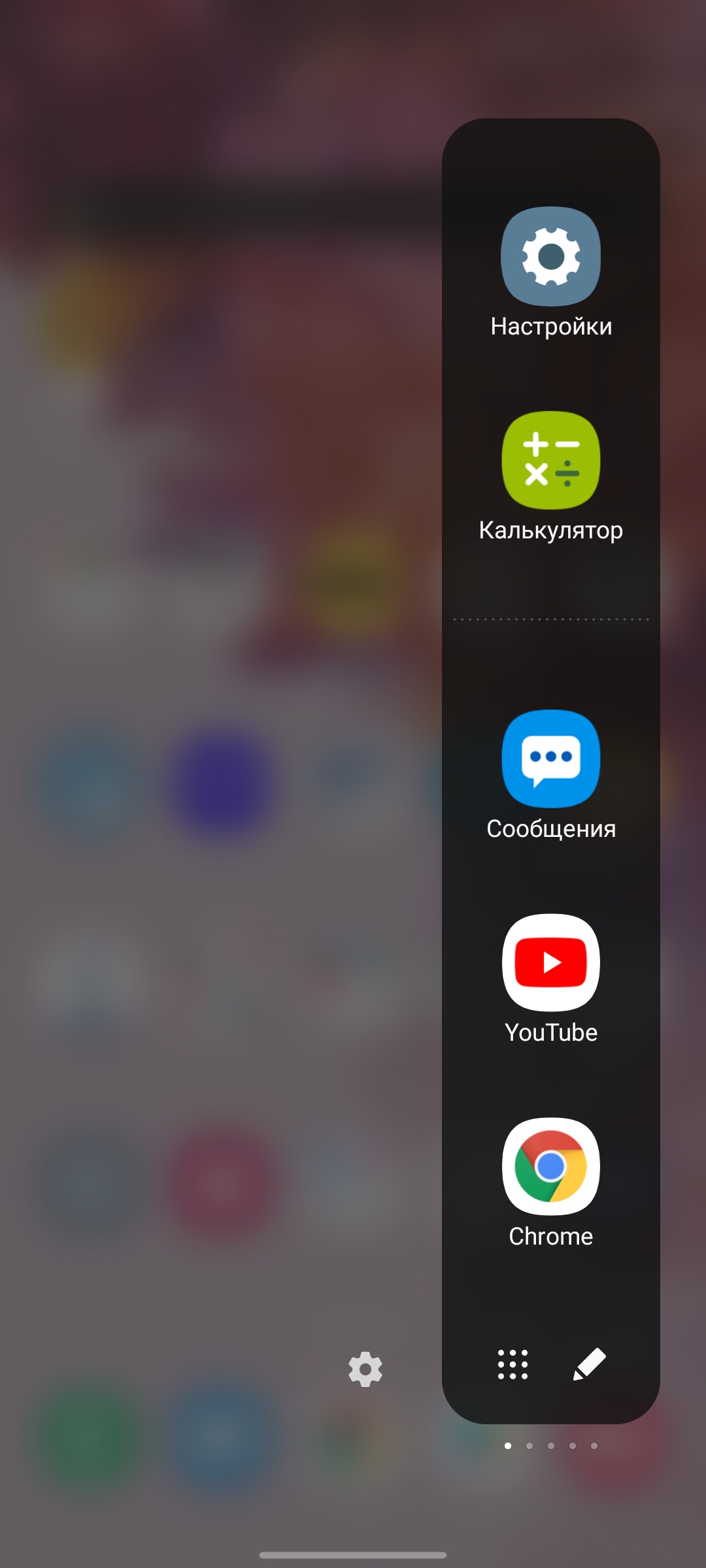

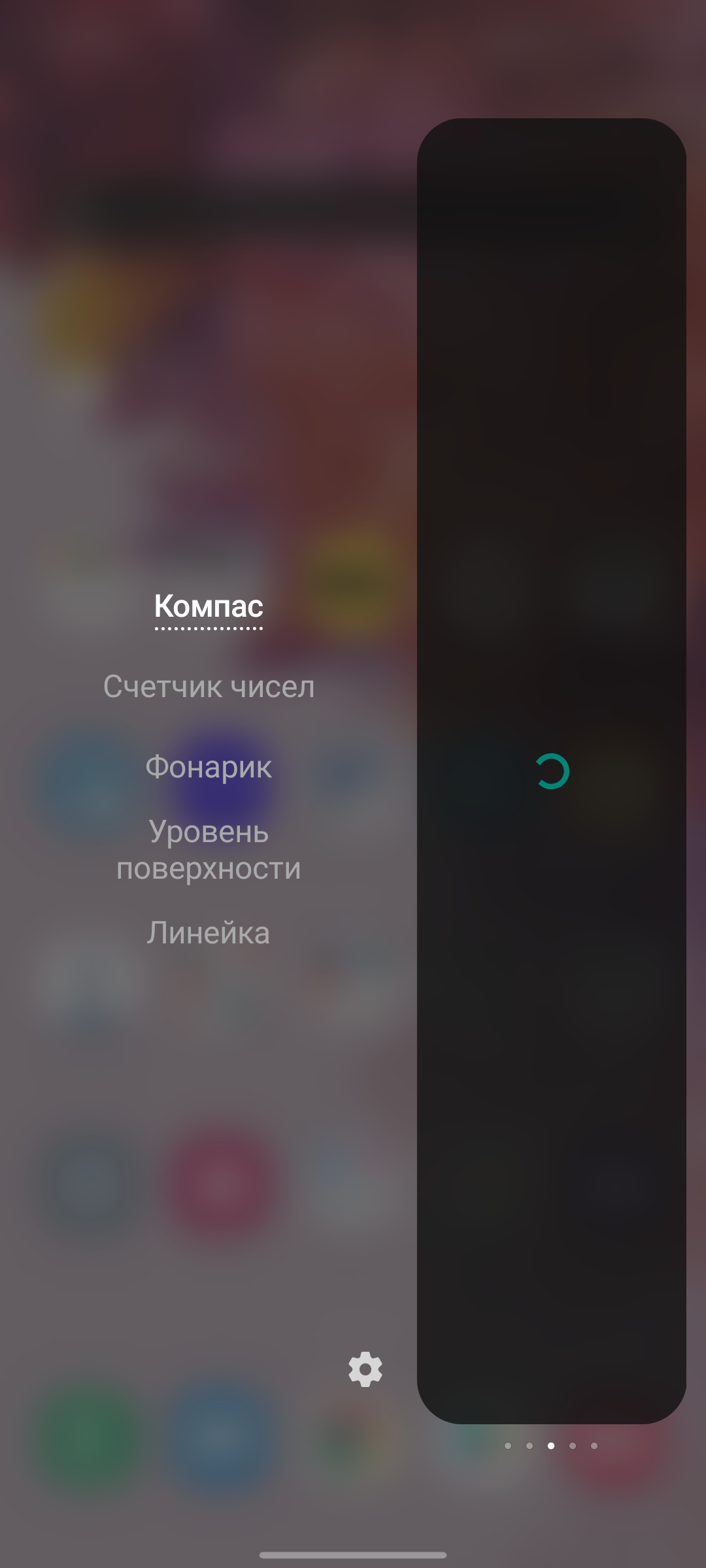



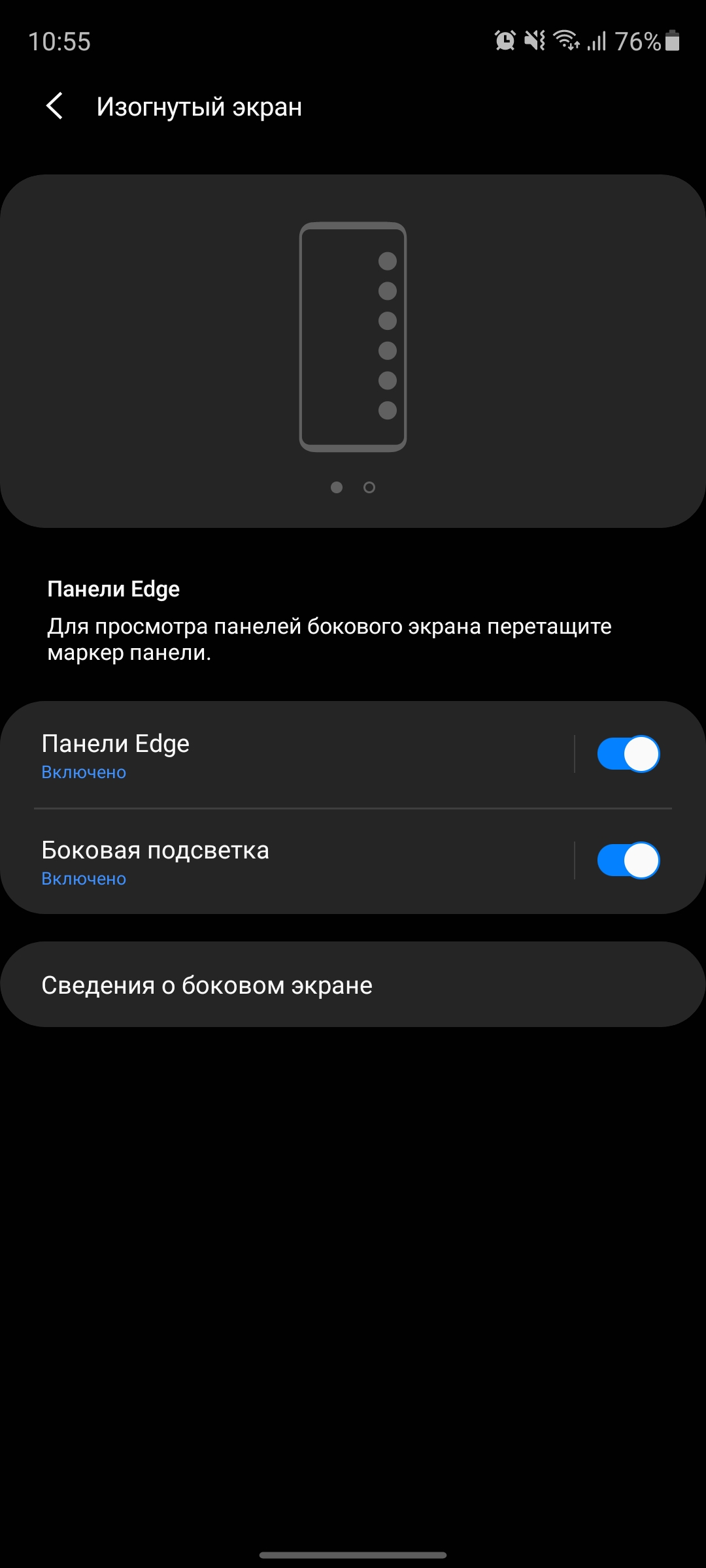









Some stock apps:
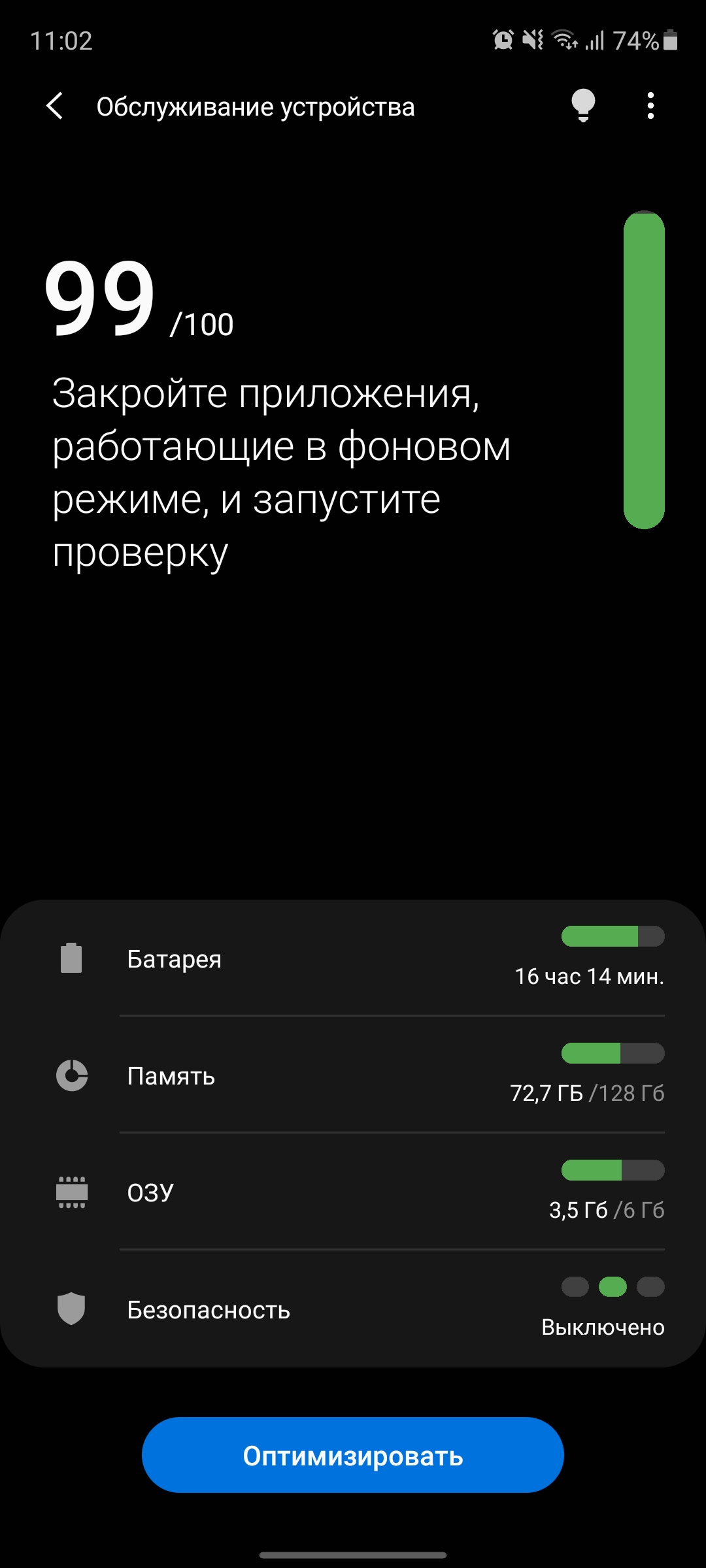





</ img>

</ img>







Sorry, could not usewireless mode Dex. It is there, as in the older models. But you need a monitor or TV with Miracasrt support. At the same time, the smartphone itself can be used as a touchpad. Or connect a keyboard / mouse via Bluetooth.

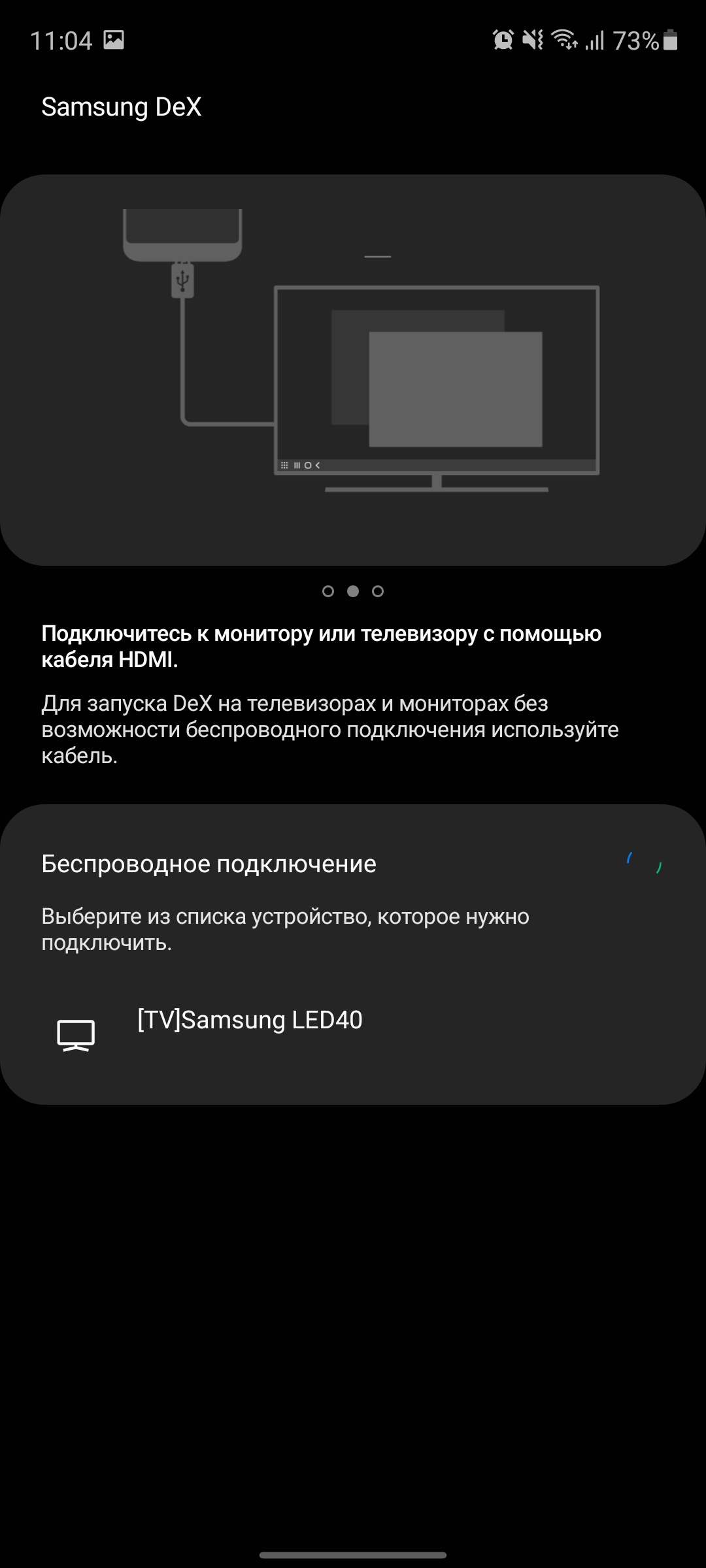




How good are the cameras?

</ img>
The rear camera of the Samsung Galaxy S20 FE includesitself three modules. Main 12 megapixel 1/1.76" with f/1.8 aperture, EGF 26, optical stabilization and Dual Pixel PDAF, 8-megapixel telephoto module with f/2.0 optics, optical stabilization and 3x zoom and 12 MP ultra-wide-angle module, matrix 1/3”, f/2.2 aperture, 123° viewing angle, traditionally without autofocus. The smartphone is devoid of fancy periscope telephoto cameras or ineffective 2 MP macro cameras; it has only the essentials. Front camera 32 MP, f/2.2.
The camera app is familiar to the latest onesSamsung smartphones: modes are switched by horizontal scrolling, additional ones are hidden in the “More” item, the list is fully customizable. All basic settings, including flash, filters, aspect ratio and zoom are displayed on the main screen. The zoom can be adjusted either smoothly or using fixed values. There are professional photo and video modes. The latter has a bunch of settings, including microphone sensitivity (Gain) and the ability to record sound from a USB or Bluetooth device. One of the differences from older models is that there is no way to change the direction of sound recording on the smartphone itself. Probably the fact is that the smartphone only has 2 microphones, and not 3, like, for example, the new Note20.

</ img>

</ img>
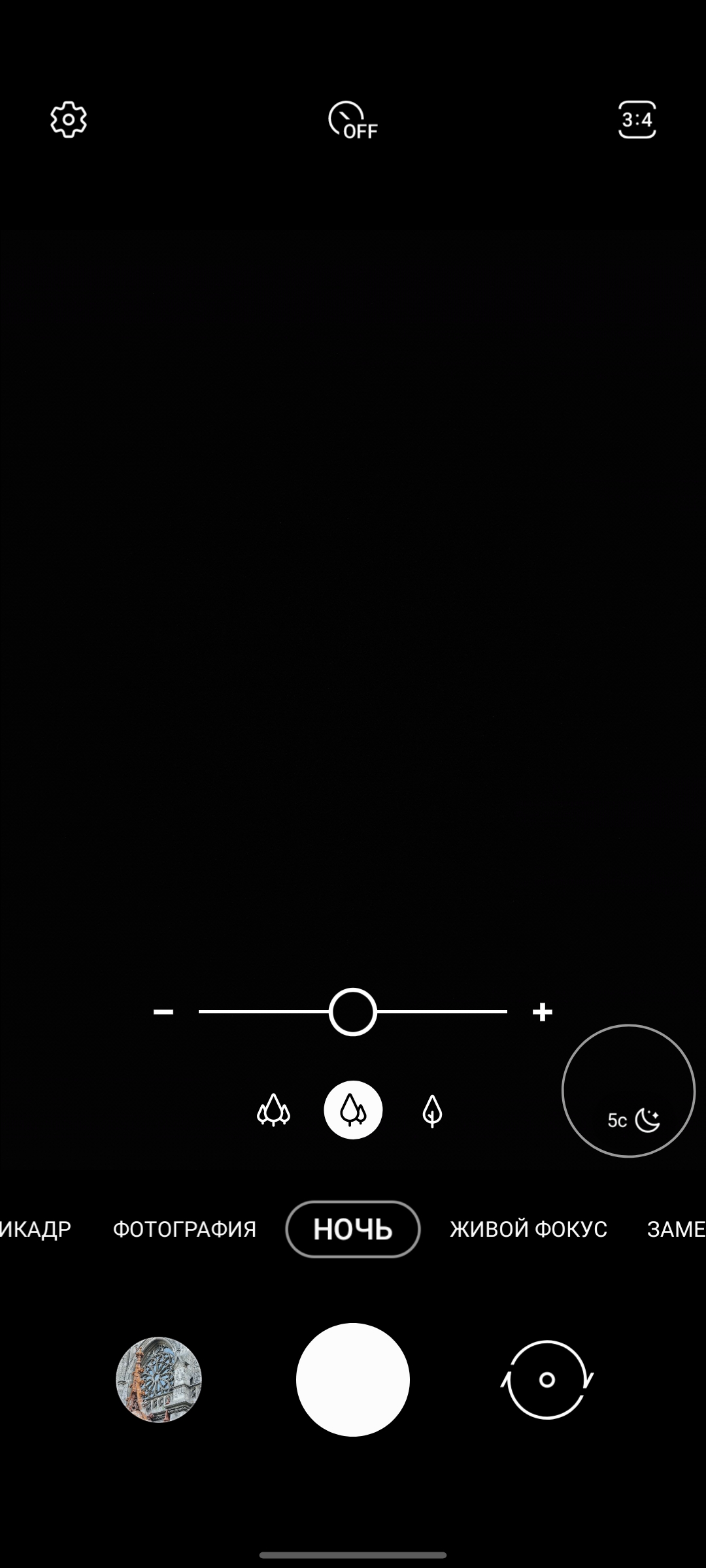
</ img>

</ img>

</ img>

</ img>






Already traditional for the Samsung flagship line,The main camera is very pleasing with pictures in fully automatic “point and shoot” In most cases. Photos in good lighting come out detailed, with a wide dynamic range and not too aggressive post-processing. In evening and night photos, traces of processing algorithms are more clearly visible, but in general the camera also copes very well with night photography. The originals can be viewed here.

</ img>

</ img>

</ img>

</ img>
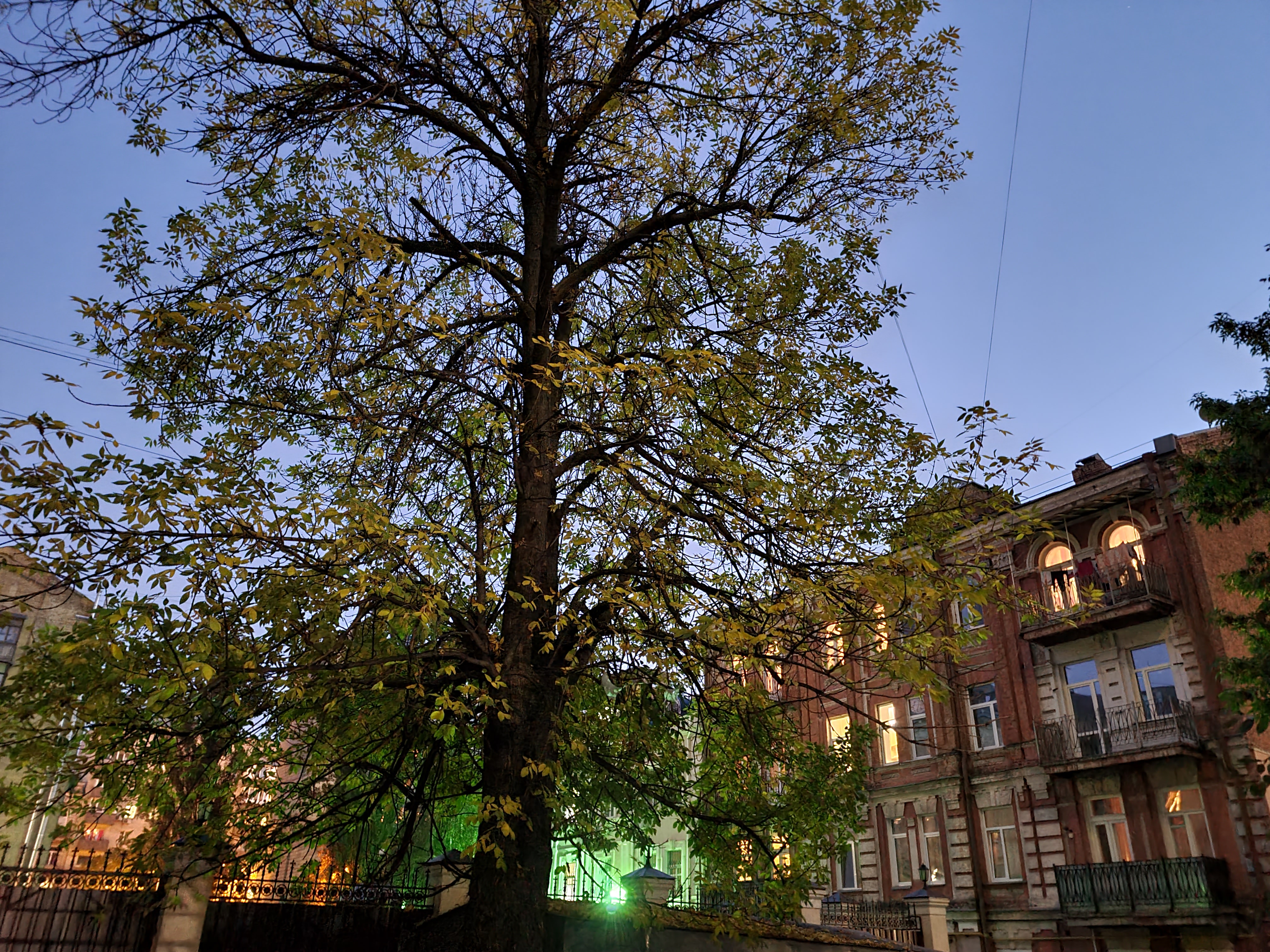
</ img>

</ img>

</ img>

</ img>

</ img>
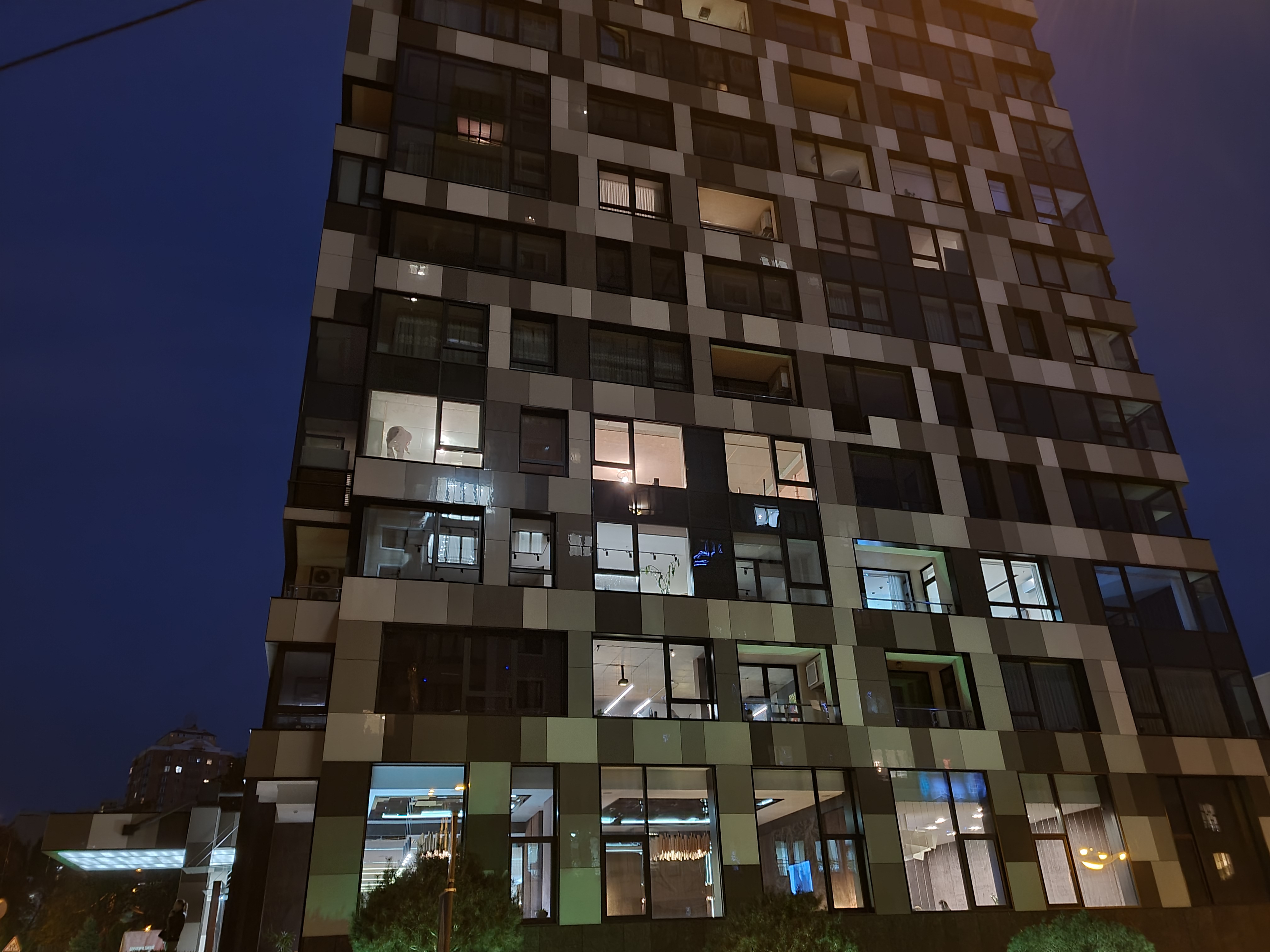
</ img>

</ img>

</ img>

</ img>

</ img>
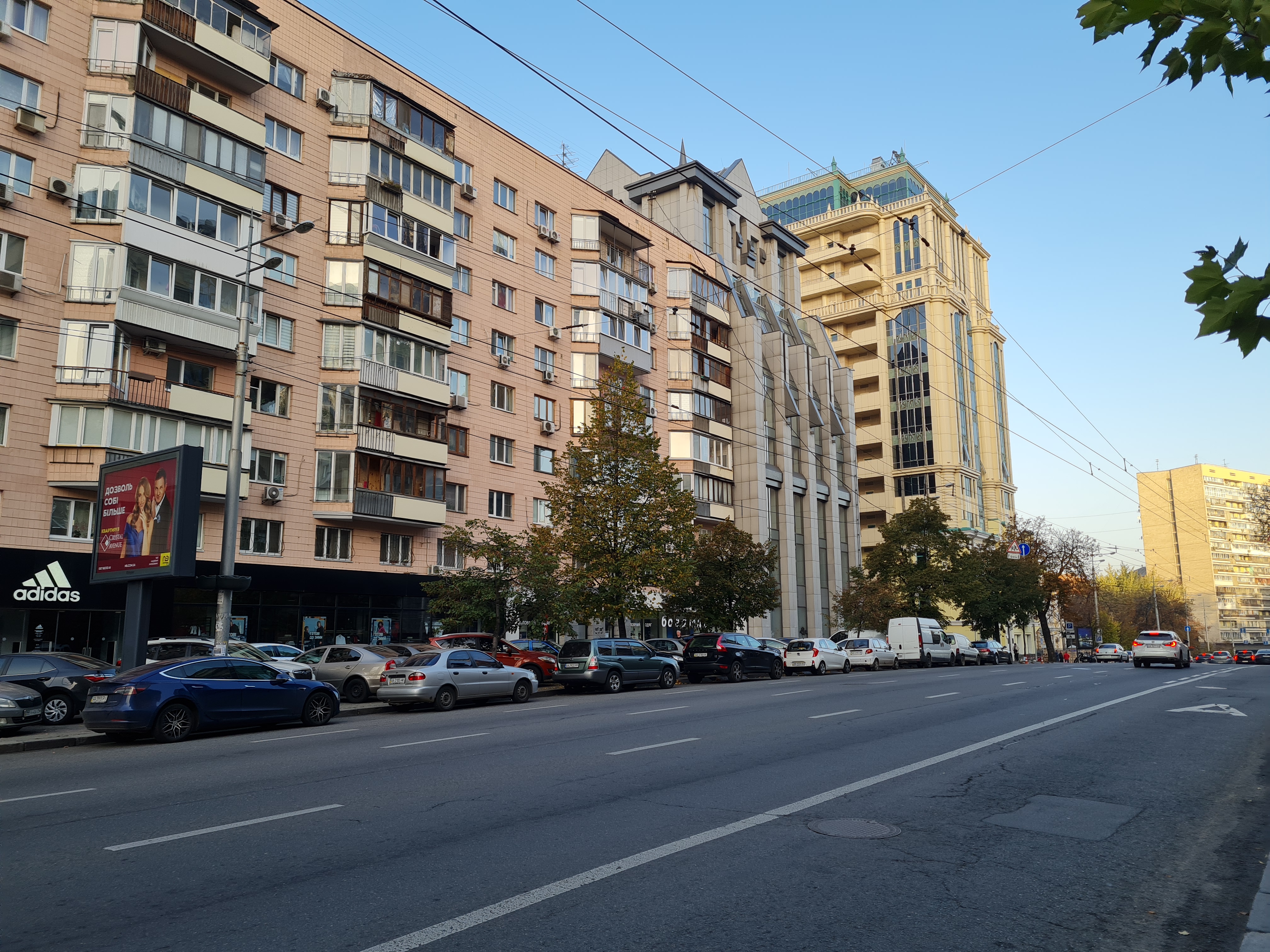
</ img>

</ img>

</ img>

</ img>

</ img>

</ img>
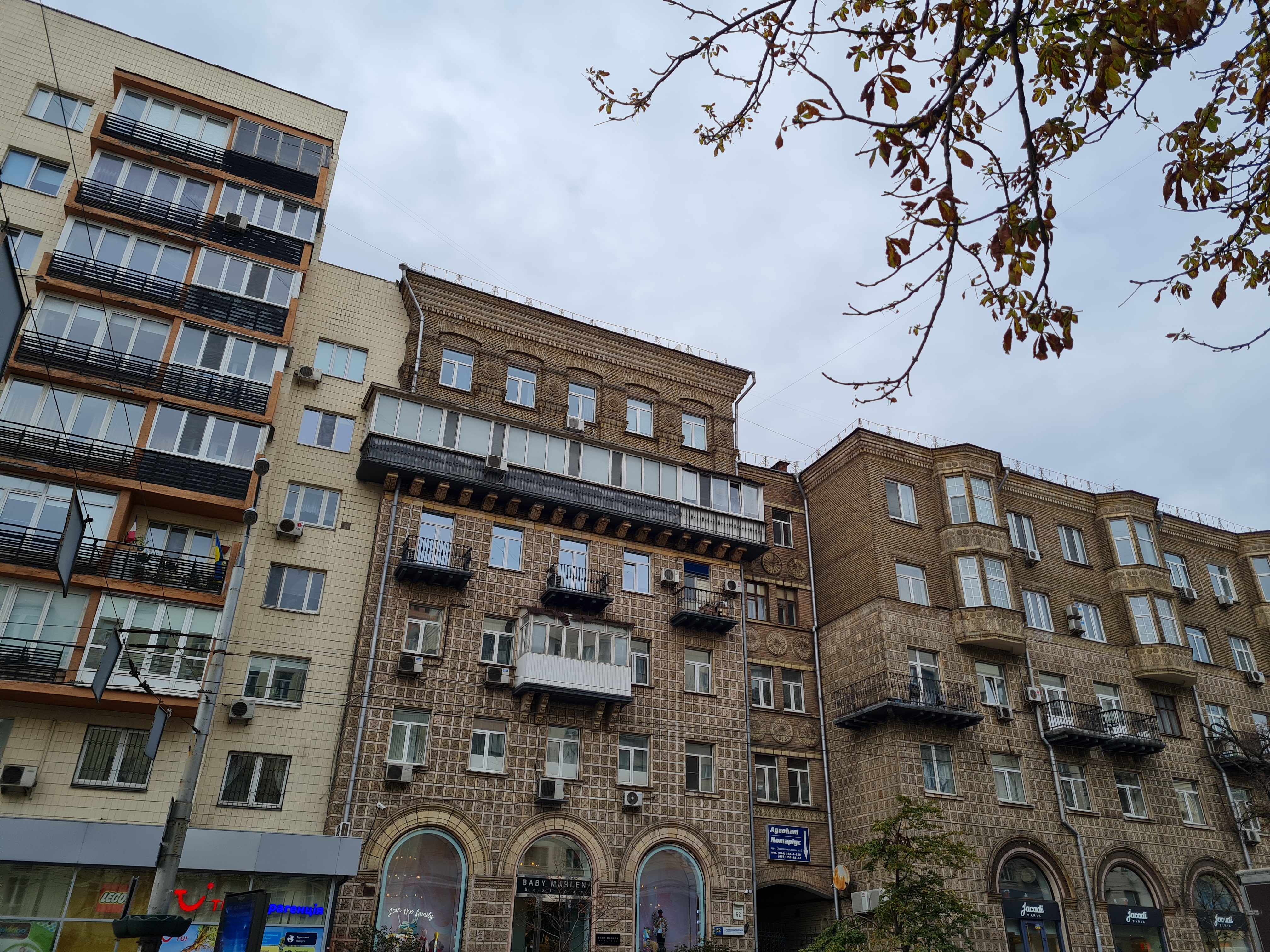
</ img>

</ img>
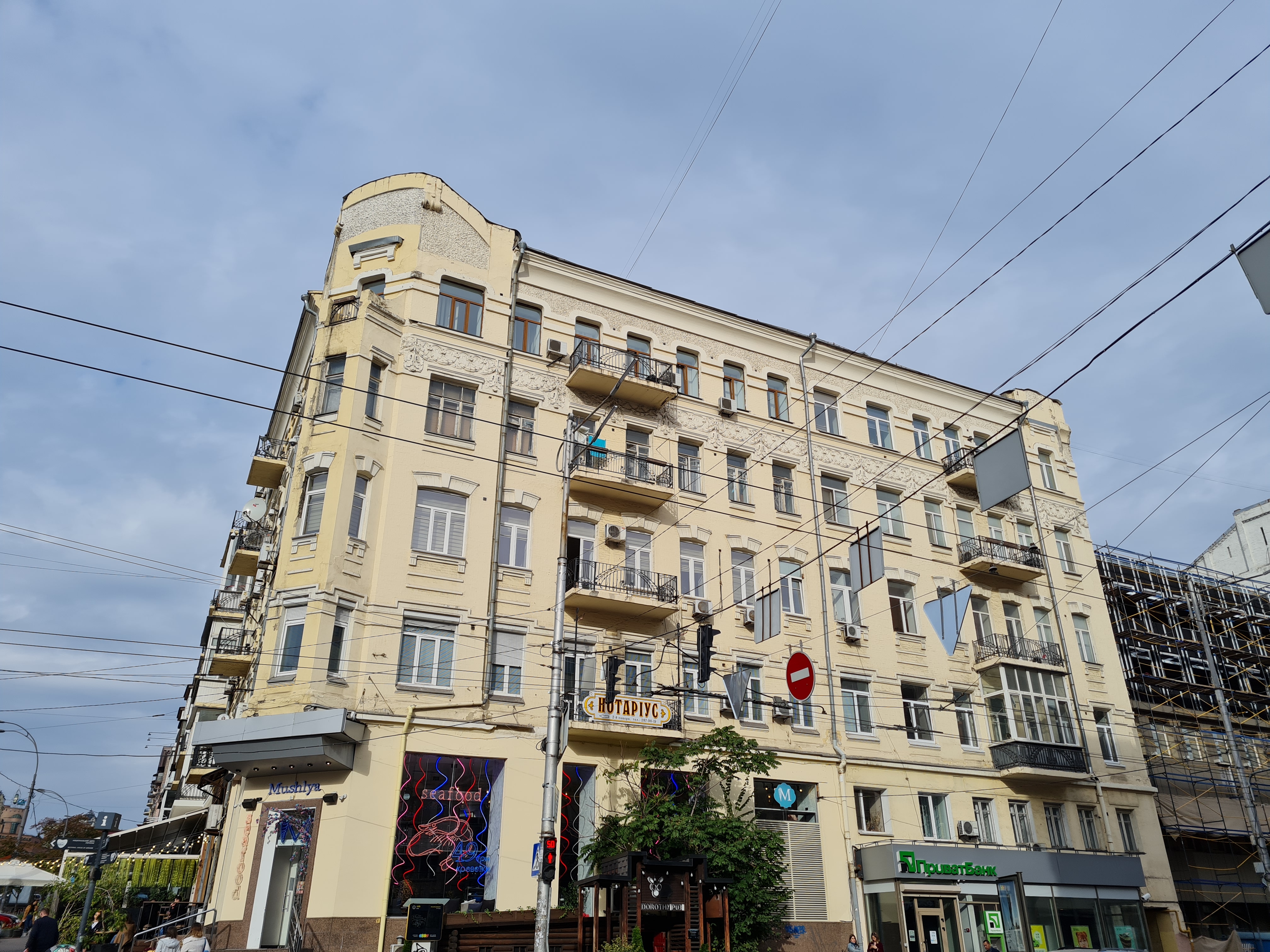
</ img>

</ img>

</ img>
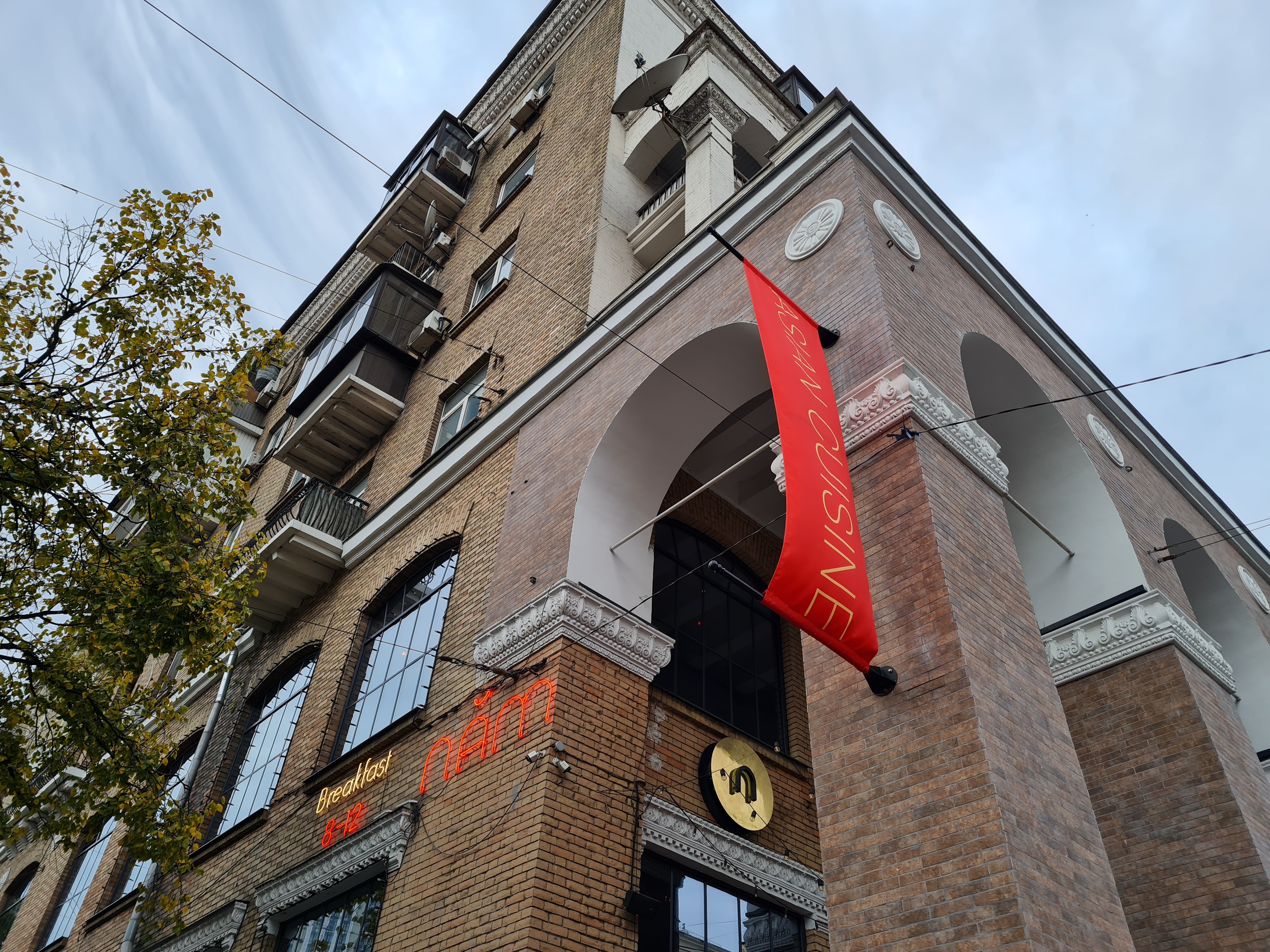
</ img>

</ img>

</ img>




























The wide-angle is similar to the rest of Samsung's current brethren. No autofocus, but very useful in some cases. Taking a good photo in the evening is not so easy, but it is possible.

</ img>
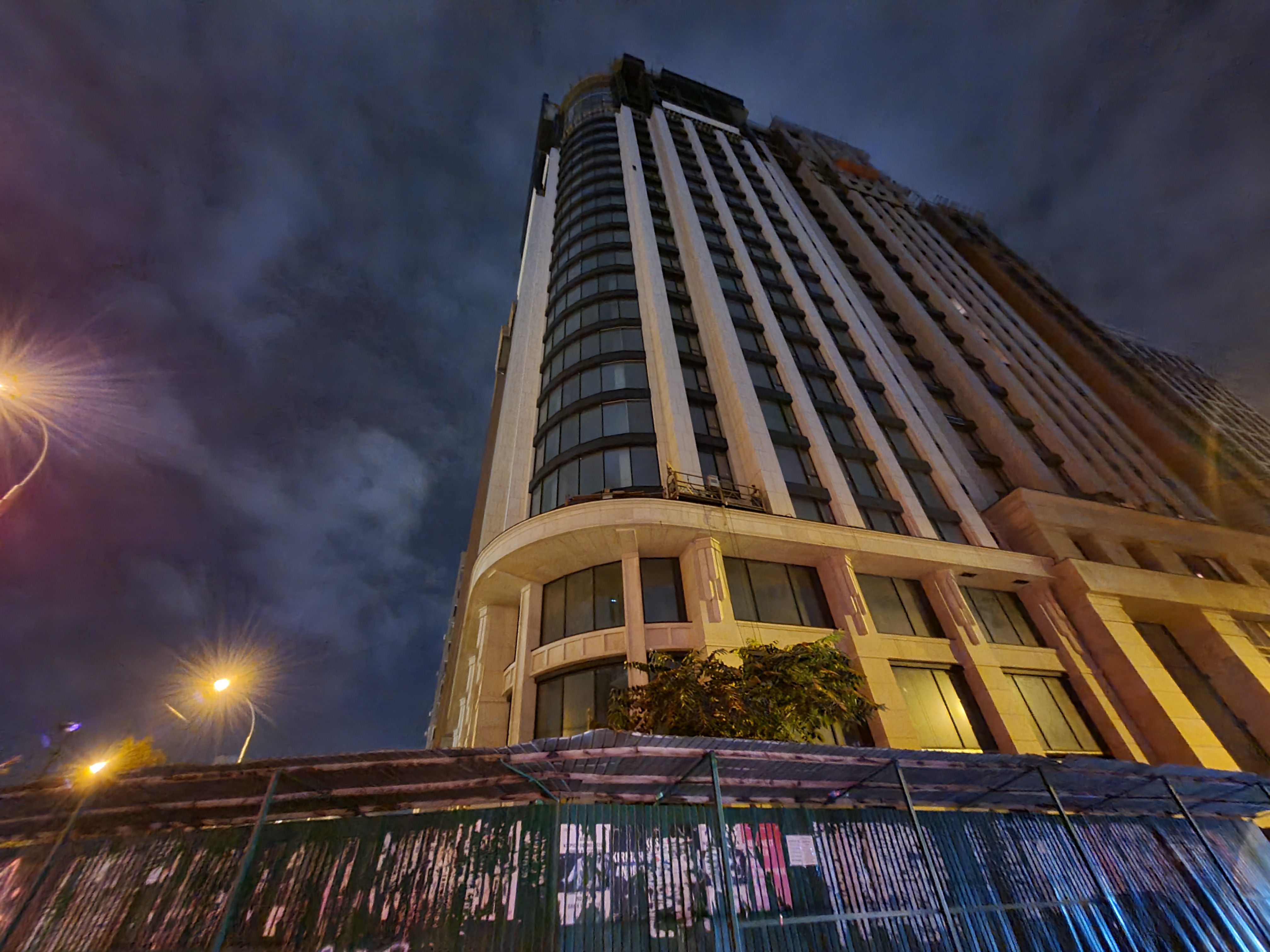
</ img>

</ img>

</ img>
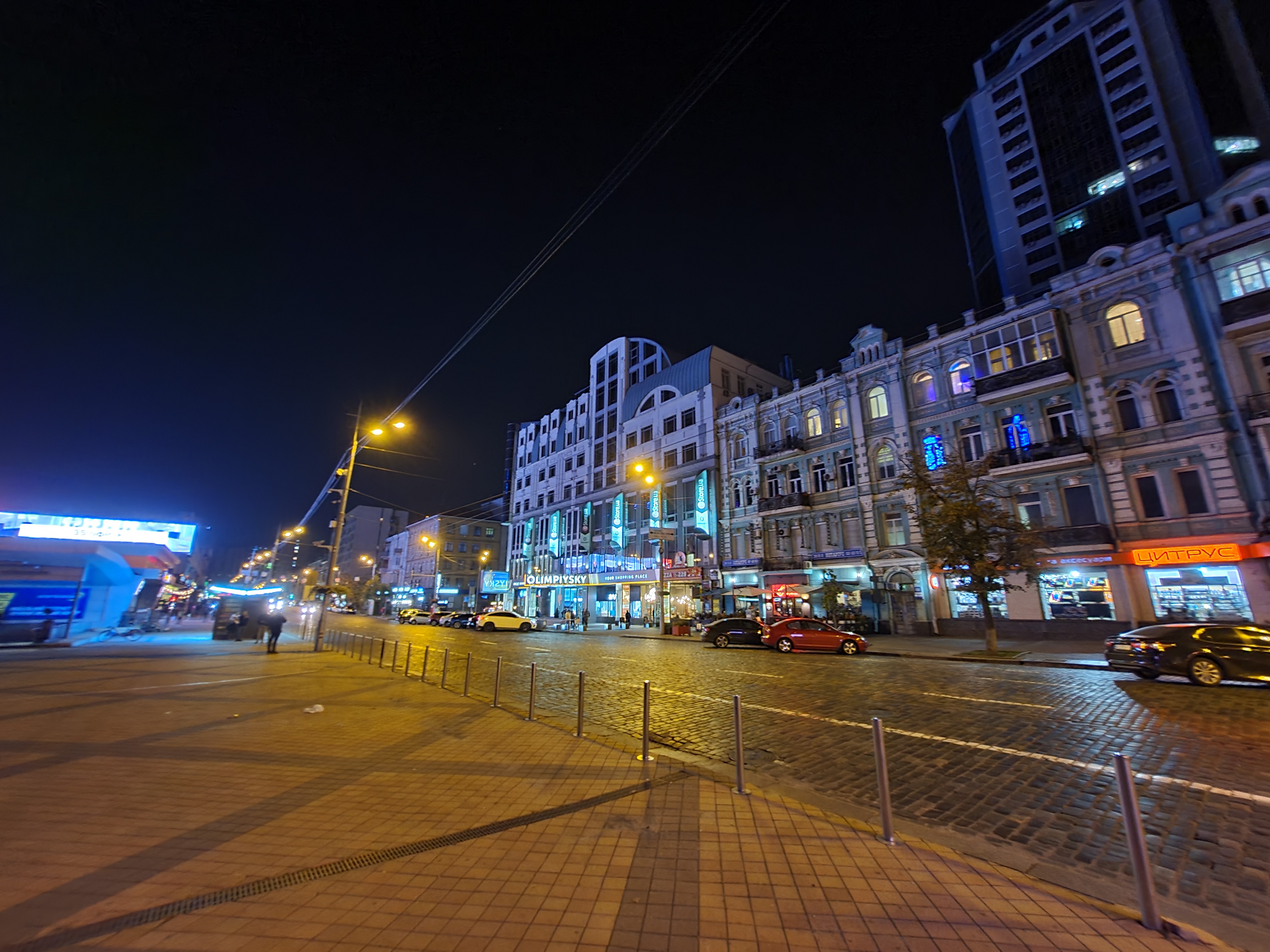
</ img>
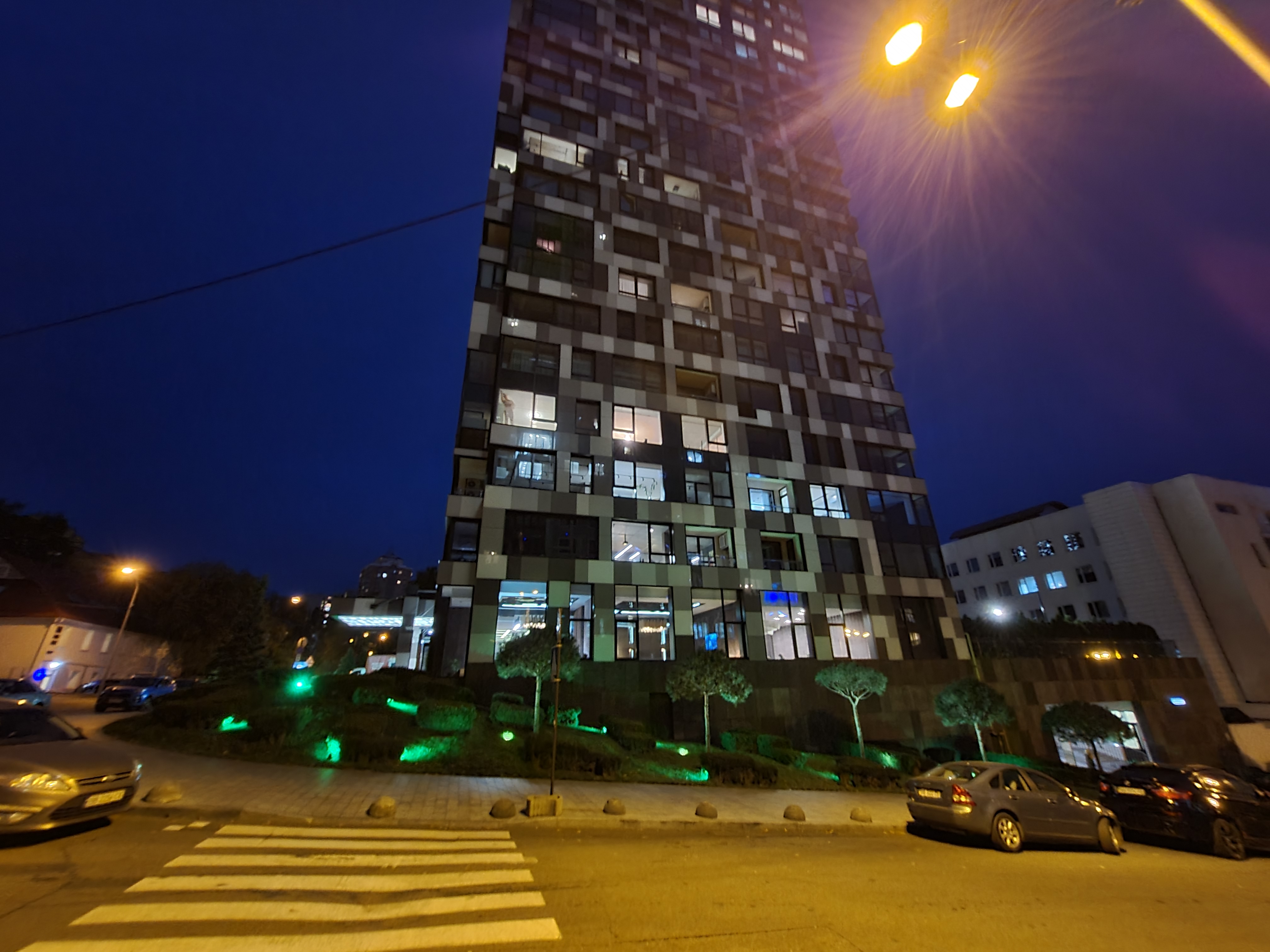
</ img>
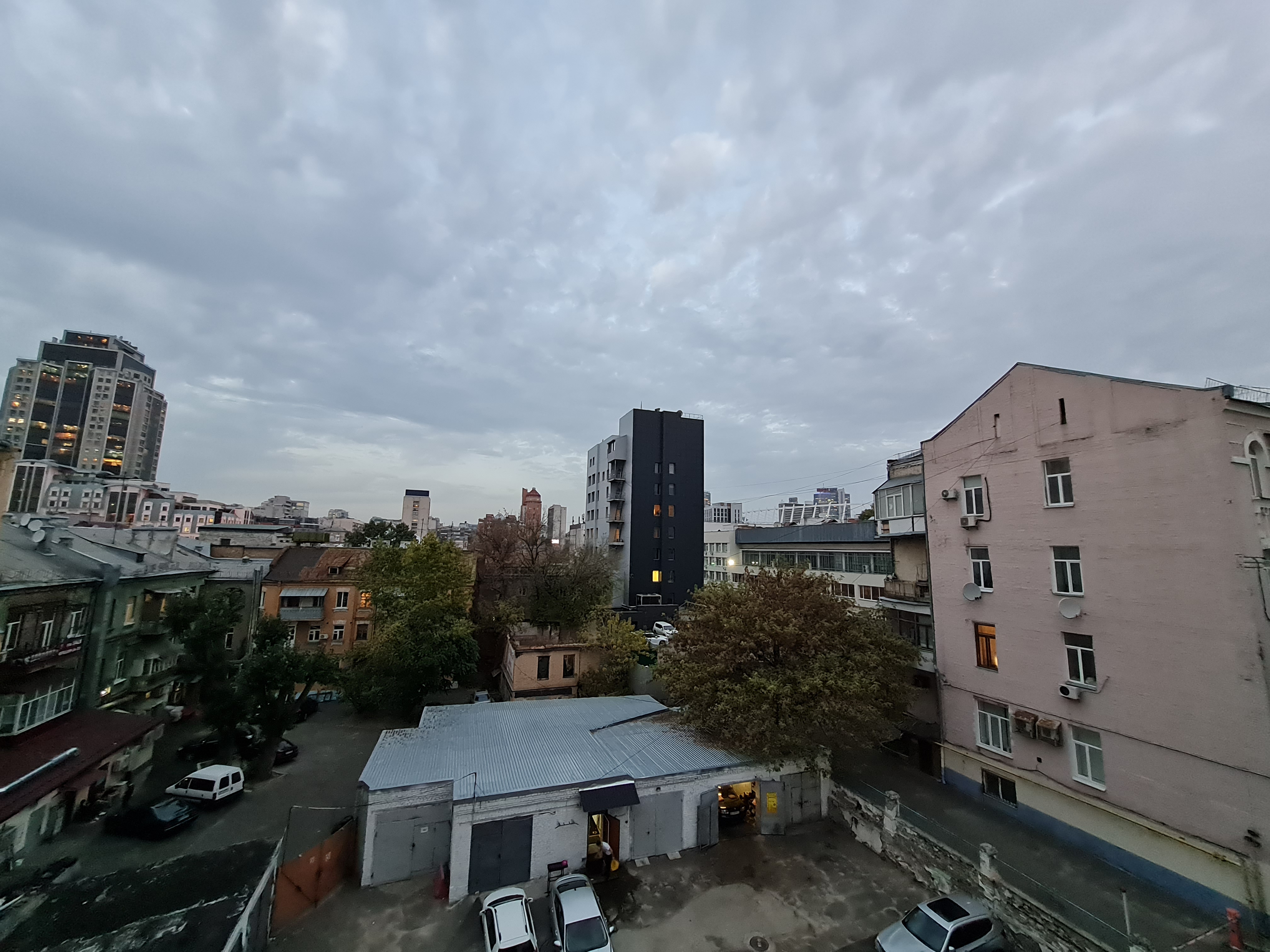
</ img>

</ img>

</ img>

</ img>

</ img>

</ img>

</ img>

</ img>

</ img>

</ img>
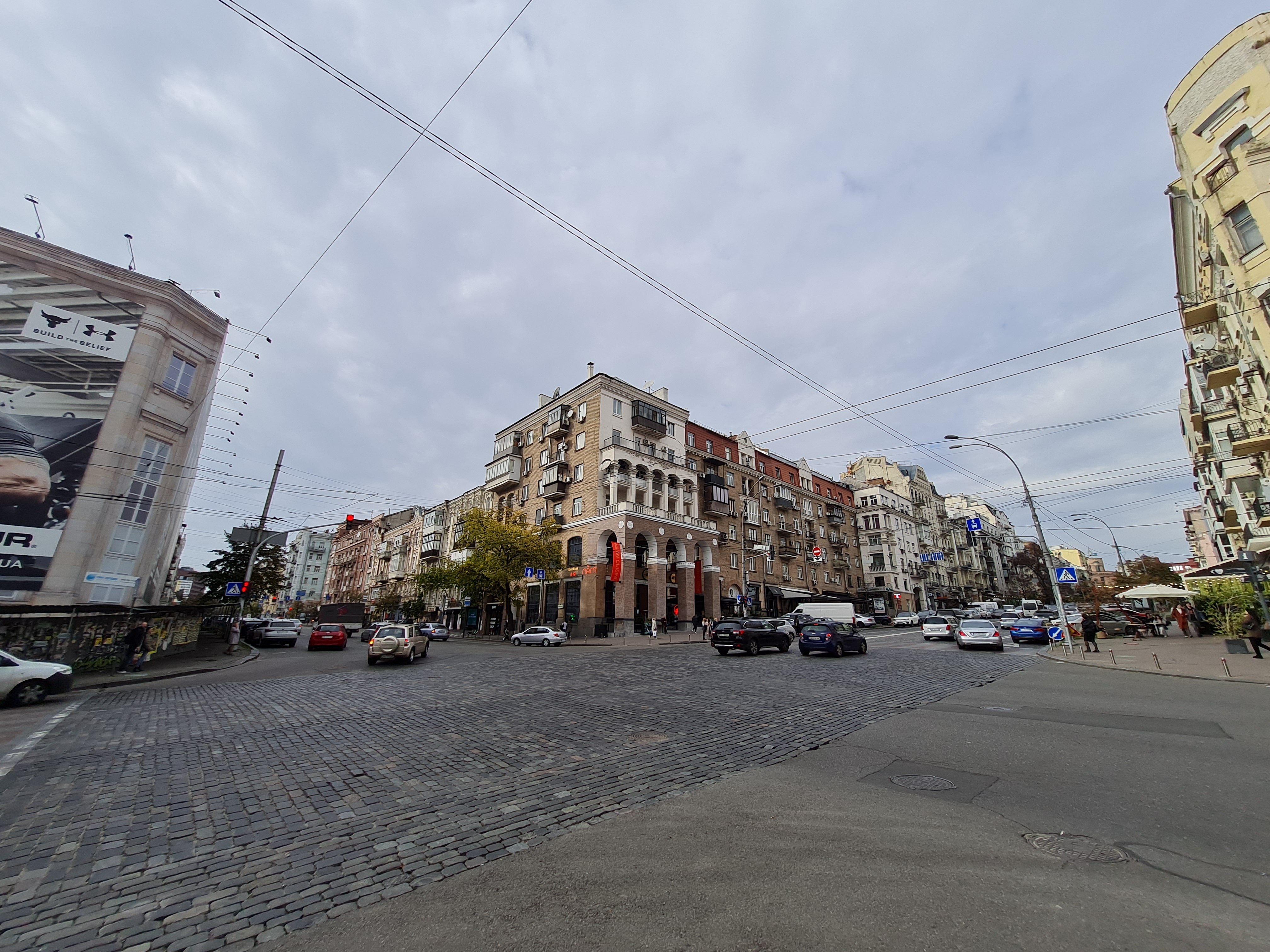
</ img>
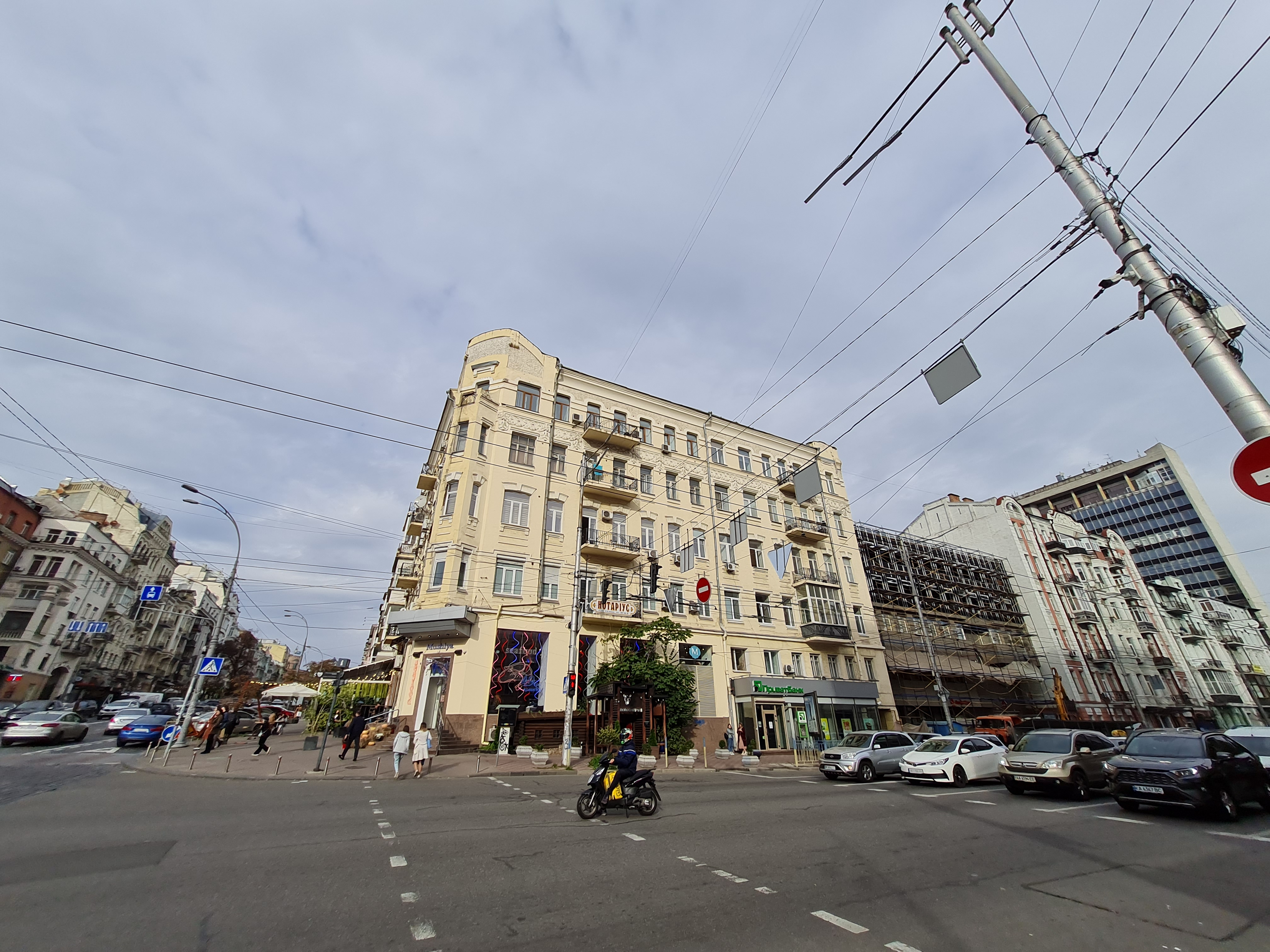
</ img>

</ img>

</ img>

</ img>

</ img>
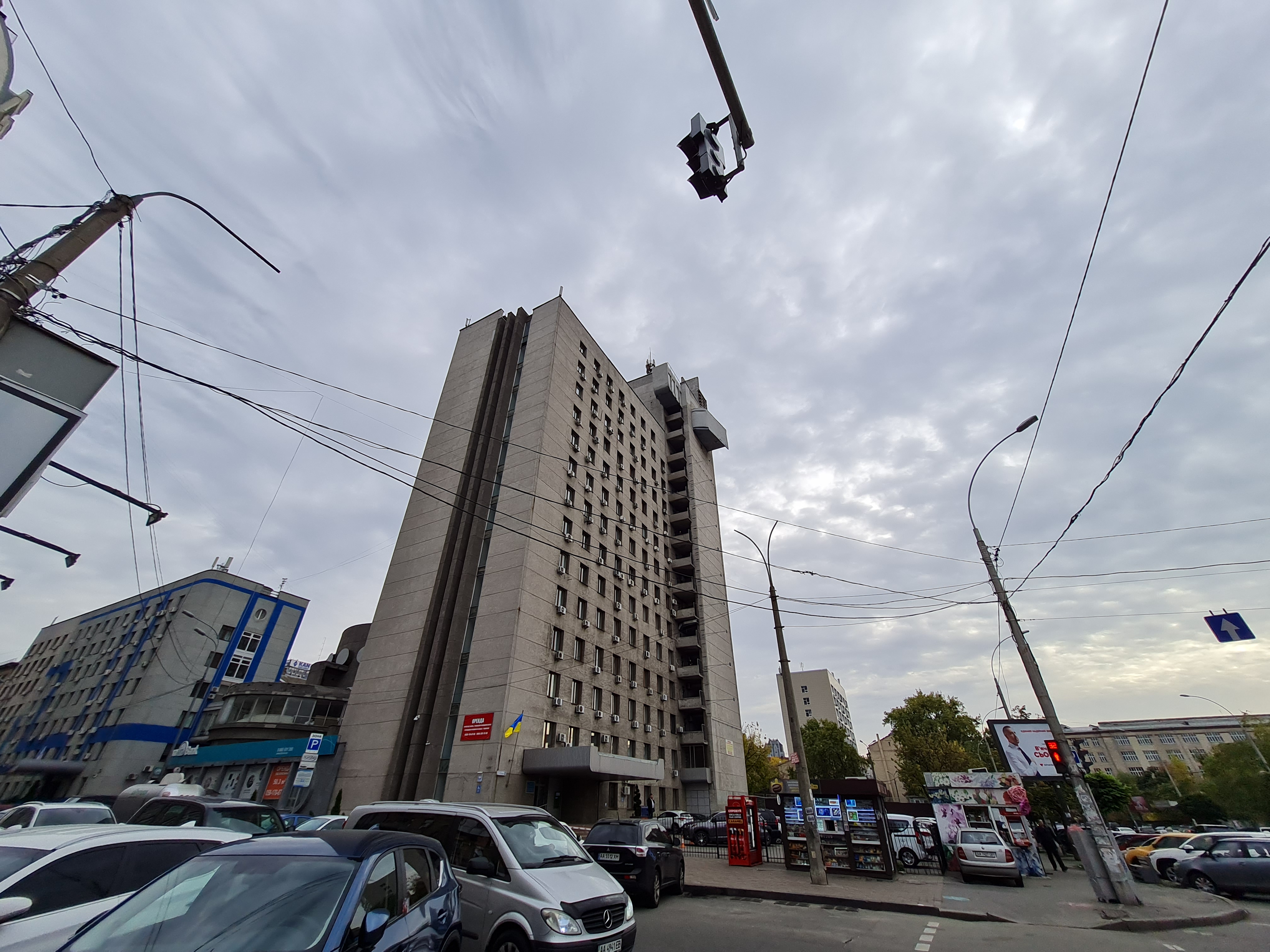
</ img>























3x zoom:

</ img>

</ img>
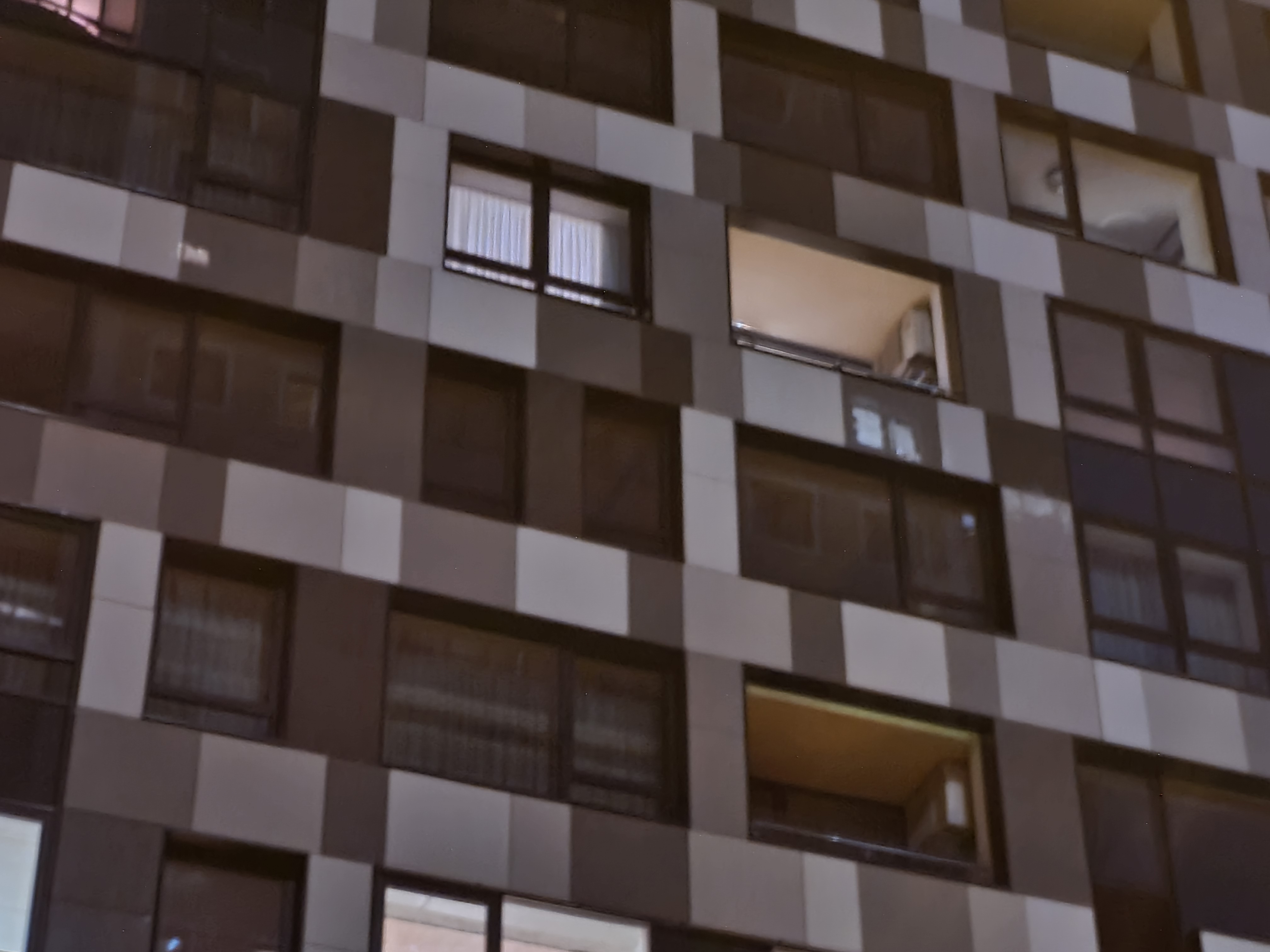
</ img>

</ img>

</ img>

</ img>

</ img>

</ img>

</ img>

</ img>
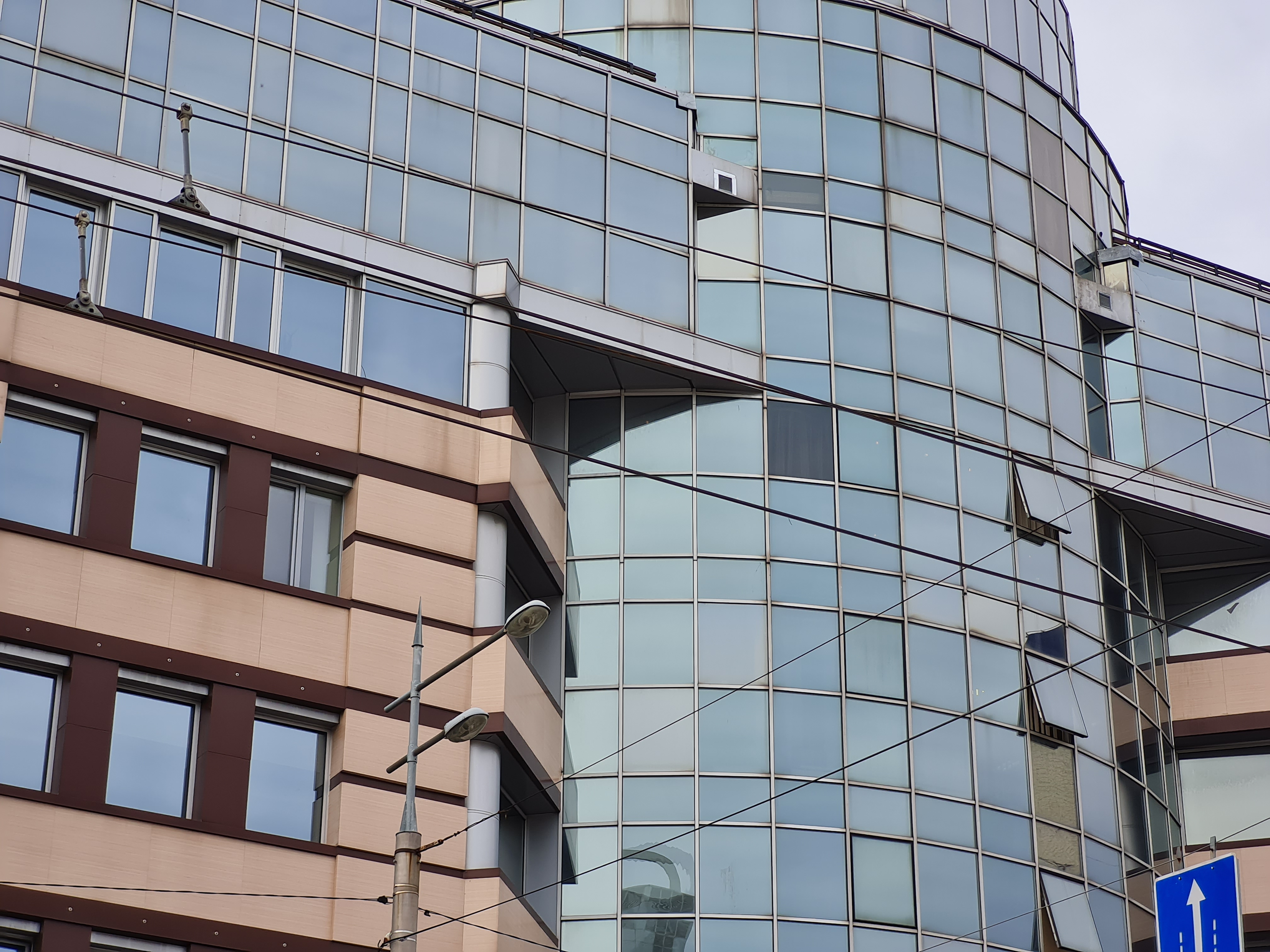
</ img>

</ img>

</ img>

</ img>

</ img>

</ img>

</ img>

</ img>

</ img>



















4K 60 FPS video recording example:
</ p>Stabilized video:
</ p>The bottom line: three things to know about the Samsung Galaxy S20 FE.
- The smartphone is equipped with the flagship Exynos 990 processor, 6 GB of RAM, 128 GB of internal memory, and a 6.5 FullHD screen with a refresh rate of 120 Hz.
- The rear camera of the Samsung Galaxy S20 FE consists of three modules: main, wide-angle and telephoto.
- The case is protected from dust and water according to IP68 standard, the back cover is made of plastic.
Specifications Samsung Galaxy S20 FE
Display
Super AMOLED, 6.5 inches, 2400×1080 (20:9 aspect ratio), 405 ppi, HDR10+, 120 Hz, Gorilla Glass 3
Housing
dimensions: 159.8×74.5×8.4 mm, weight: 190 g
CPU
64-bit 7nm Samsung Exynos 990, 2xExynos M5, 2.73 GHz, 2xARM Cortex-A76 2.5 GHz, 4xARM Cortex-A55 2.95 GHz, Neural Processing Unit (NPU), ARM Mali-G77 MP11 graphics
RAM
6 GB
Flash memory
128GB UFS 3.0 + MicroSD
Camera
12 MP (f/1.8, 26 mm EGF, 1/1.76″, 1.8 µm, Dual Pixel PDAF, OIS) + 8 MP telephoto (f/2.4, 76 mm EGF, 1/4.5″, 1.0µm, PDAF, OIS, 3x) + 12 MP ultra-wide-angle, (f/2.2, 13 mm EGF, 1.4µm), video 2160p@30/60fps, 1080p@30/60/240fps, 720p@960fps; front camera: 32 MP f/2.2
Wireless technology
Wi-Fi 802.11 b/g/n/ac/ax (dual band, 2.4 and 5 GHz), Bluetooth 5.0 LE, NFC, ANT+, UWB
GPS
GPS, A-GPS, GLONASS, BDS, GALILEO
Battery
4500 mAh, non-removable; wired charging: up to 25 W, wireless: 15 W; Reverse Wireless: 4.5W
operating system
Android 10 + One UI 2.5
Sim card
2xNanoSIM
Additionally
IP68 dust and water protection, in-screen optical fingerprint scanner
For those that want to know more:
- Samsung Galaxy Note20 review: we had three cameras, a stylus and a plastic case with us
- Samsung Galaxy S20 Ultra review: flagship with a huge 120Hz screen and a "space" camera
- Review of Samsung Galaxy Note10 +: the largest and most technological flagship on Android
- OPPO A31 review: a budget Android smartphone with a modern design and a triple camera
- Huawei P40 Lite review: the first Huawei AG-smartphone in Ukraine
- Realme 5 Pro review: an inexpensive smartphone with a quad camera and a daring design
- Realme X2 Pro review: 90 Hz screen, Snapdragon 855+ and lightning fast charging
- Samsung Galaxy S10 Lite review: flagship at the minimum
- Samsung Galaxy A71 review: potential mid-range bestseller